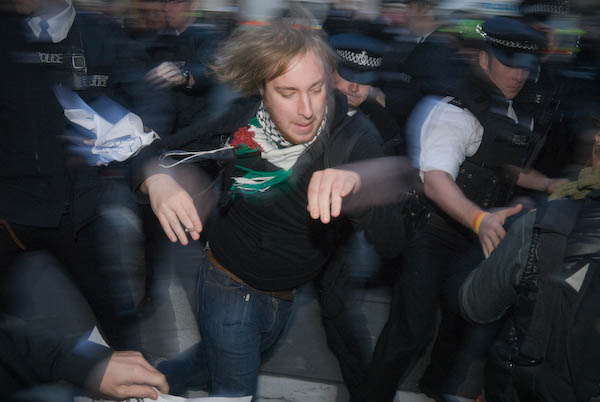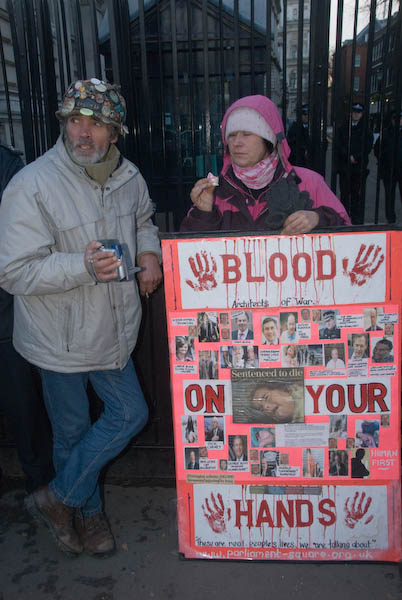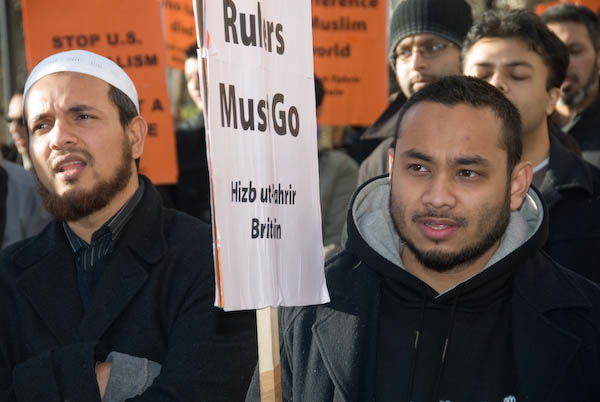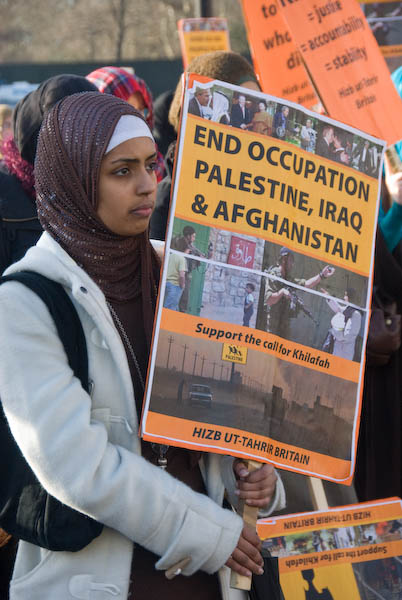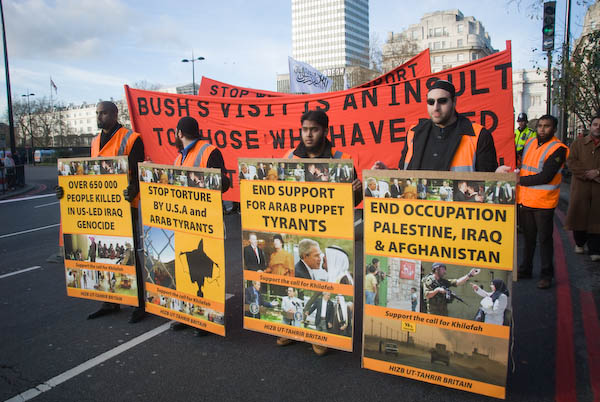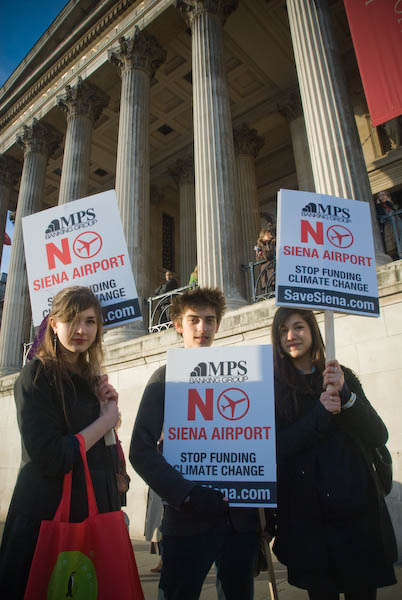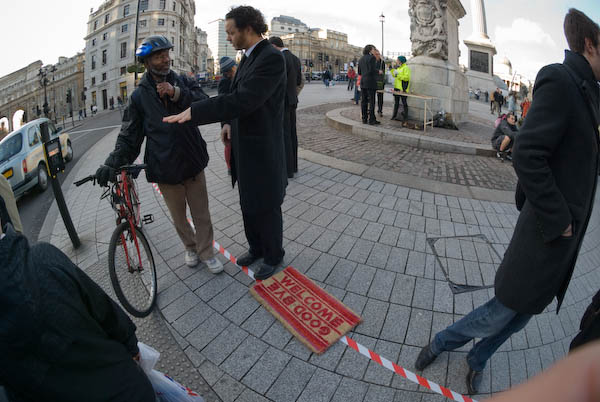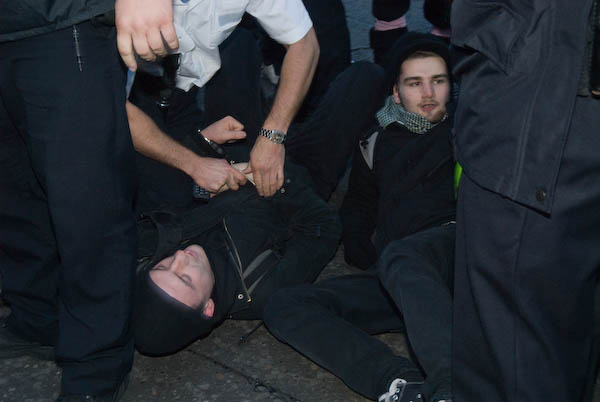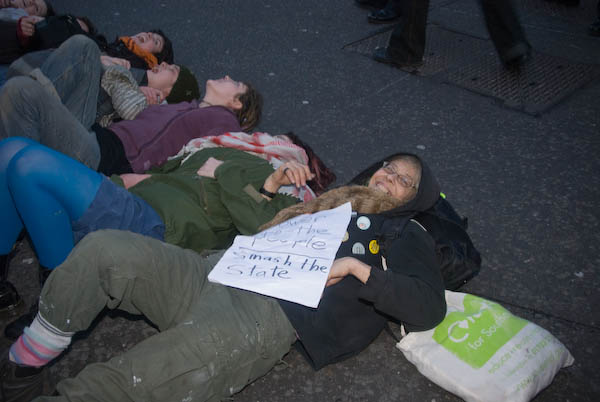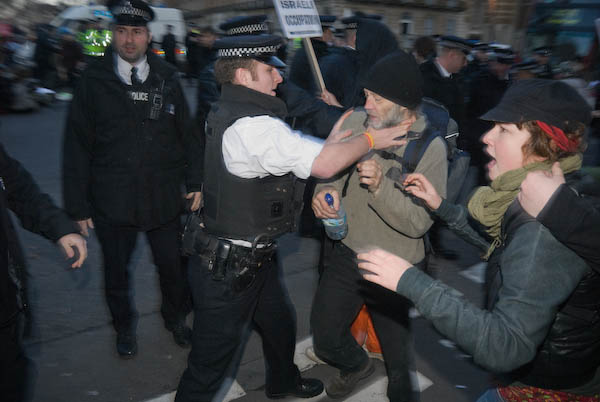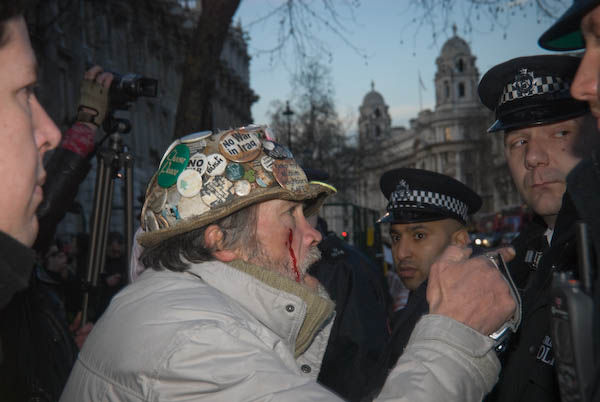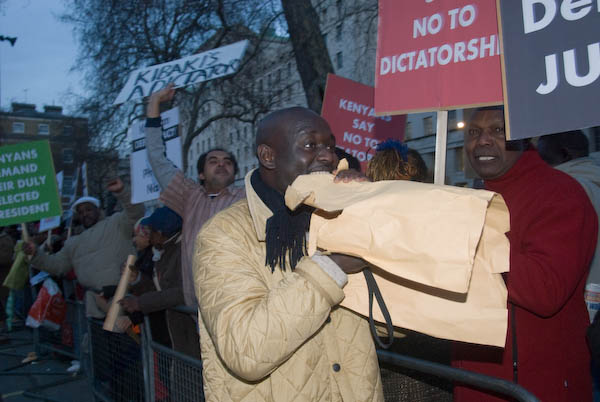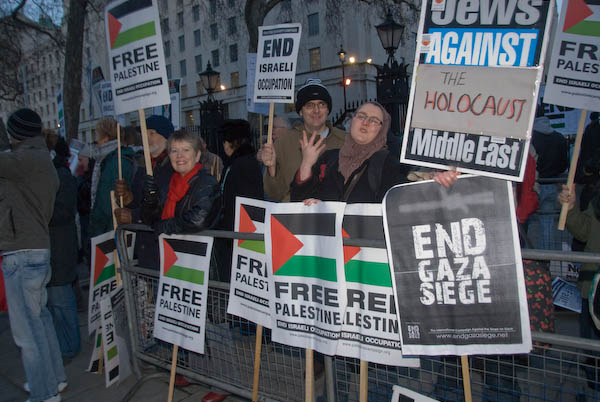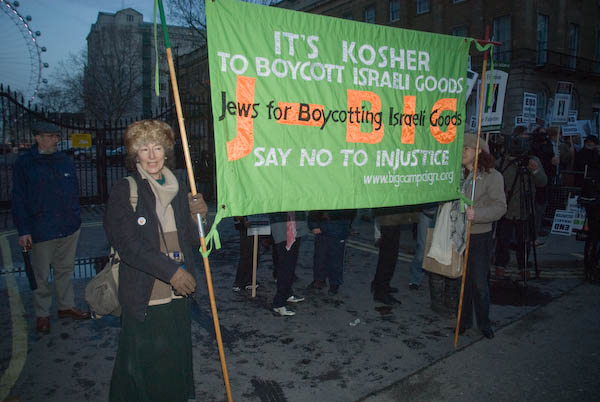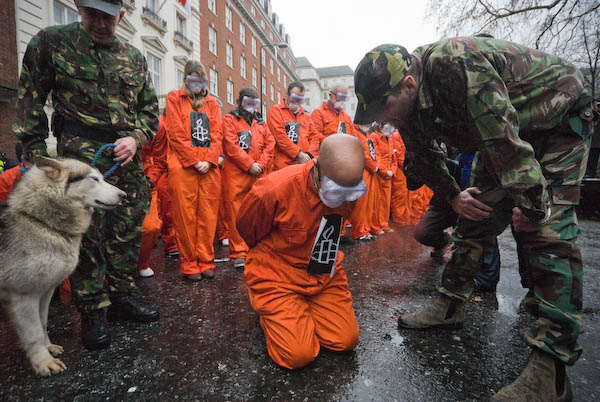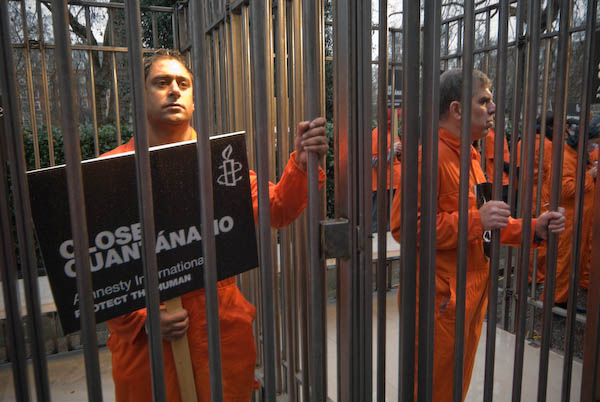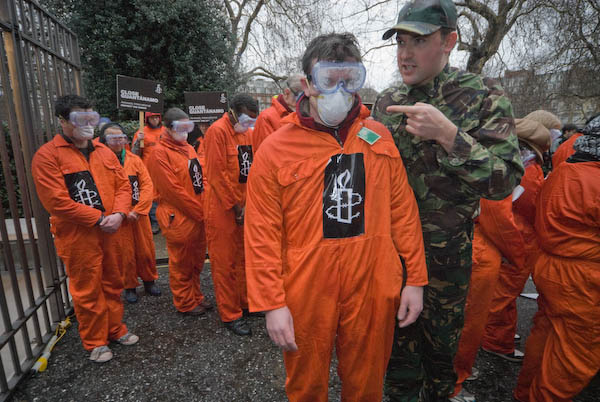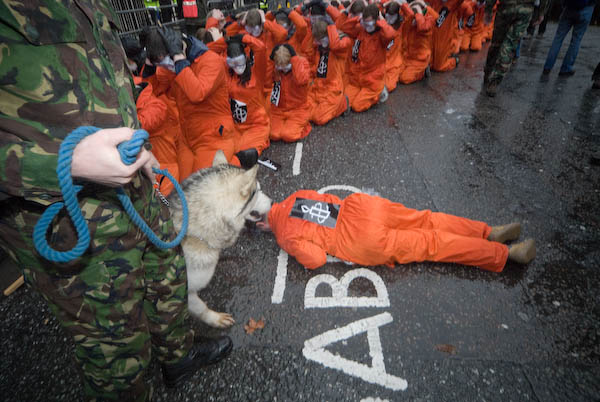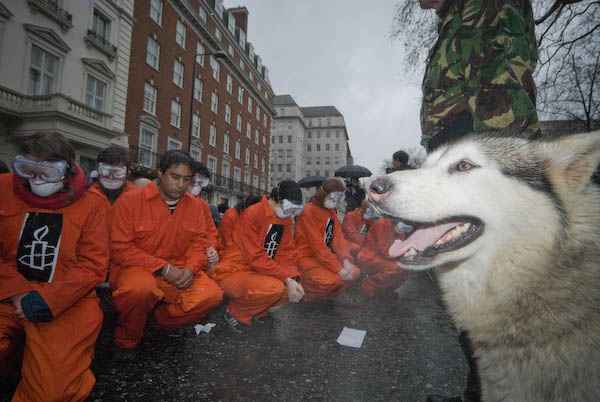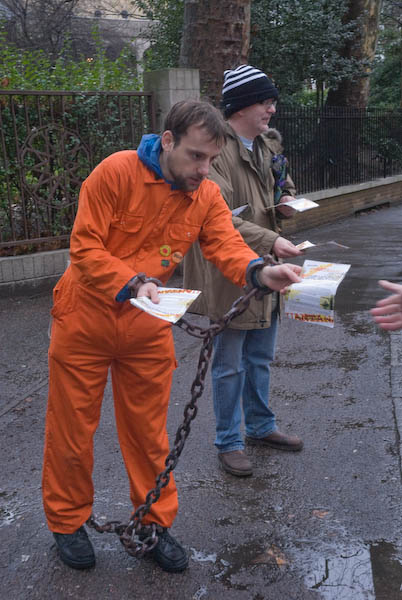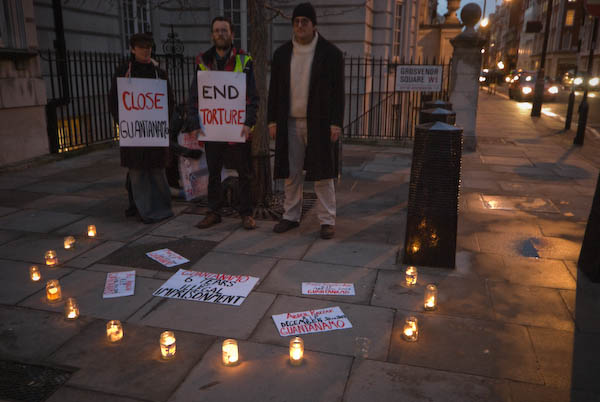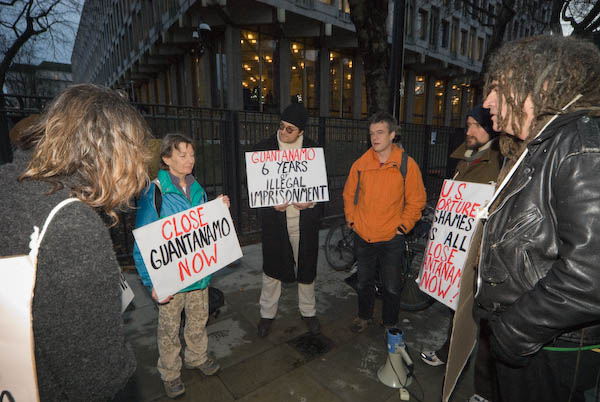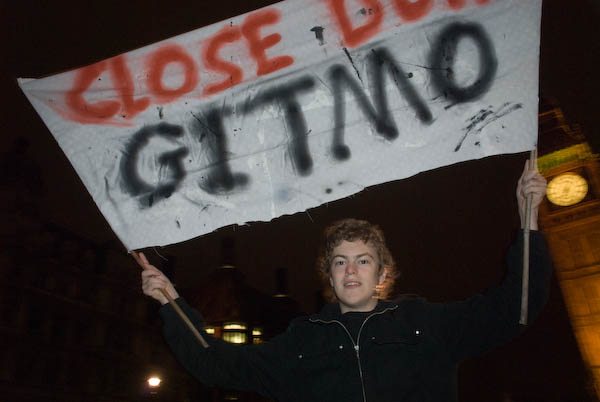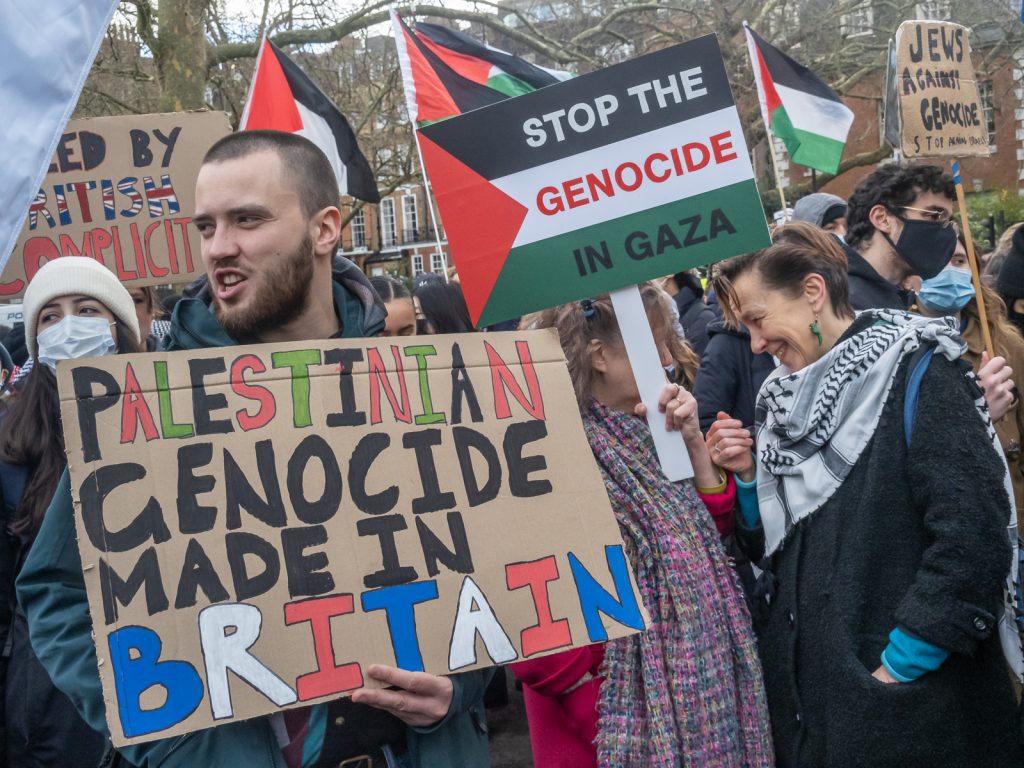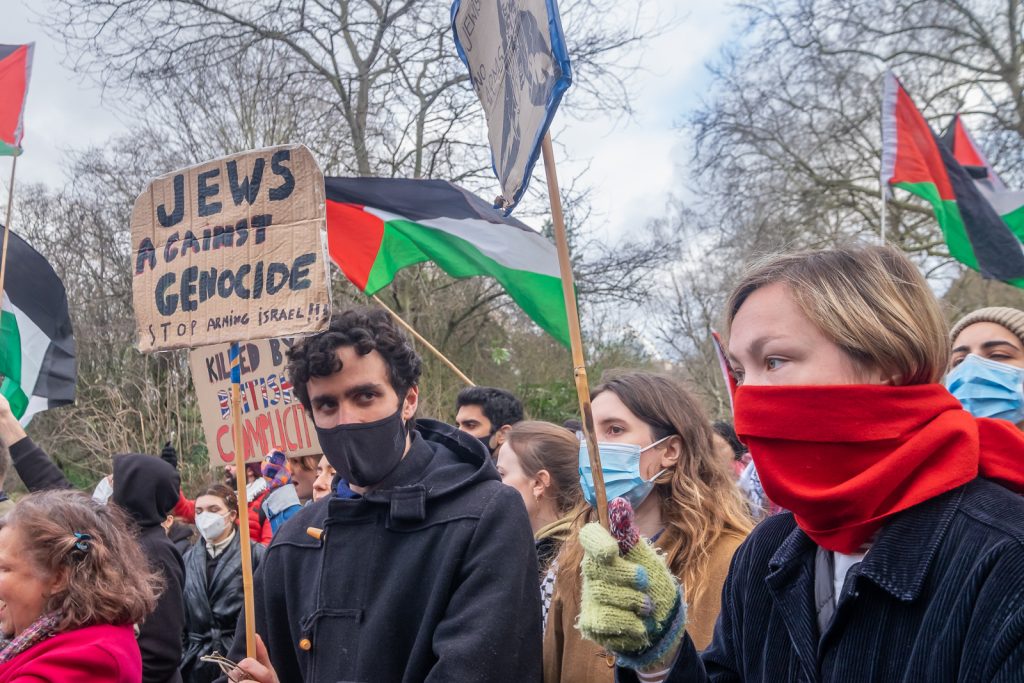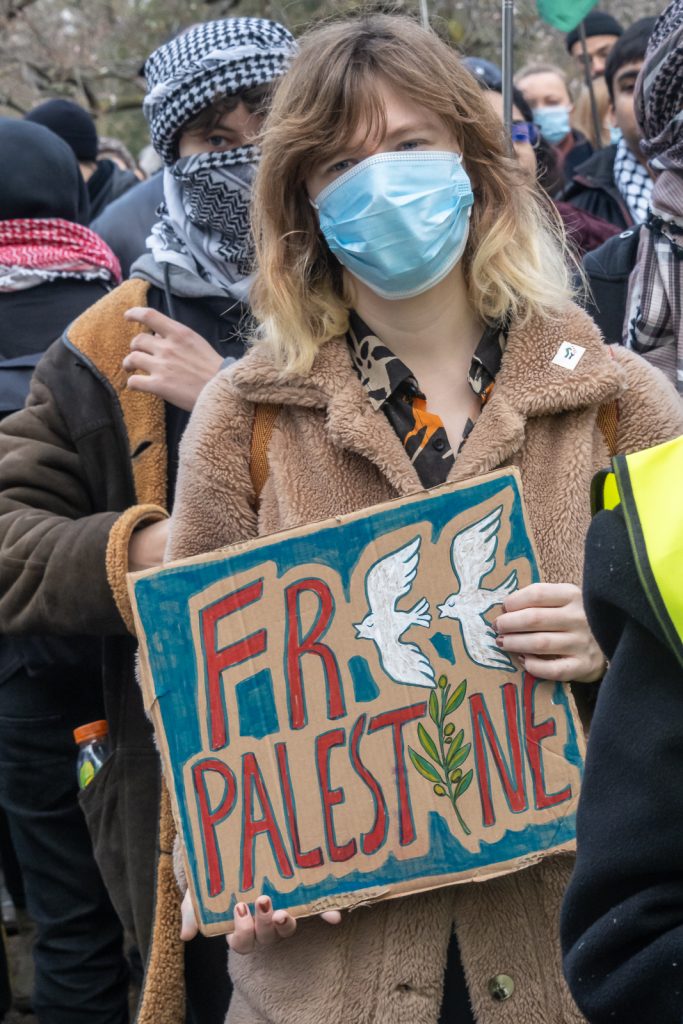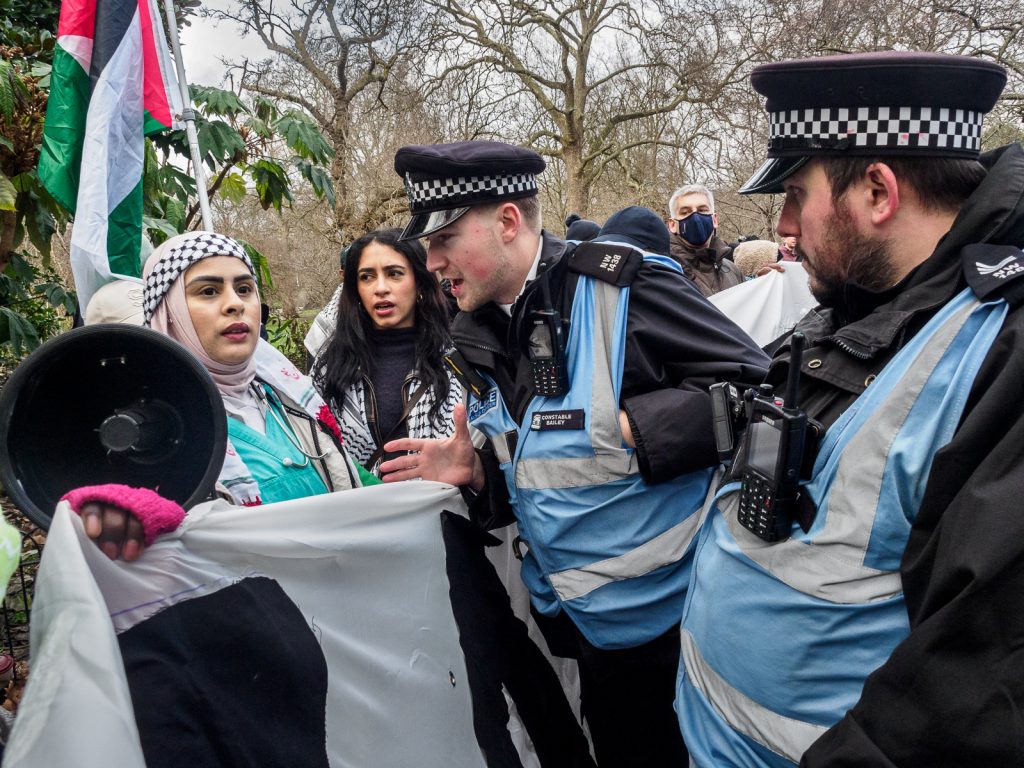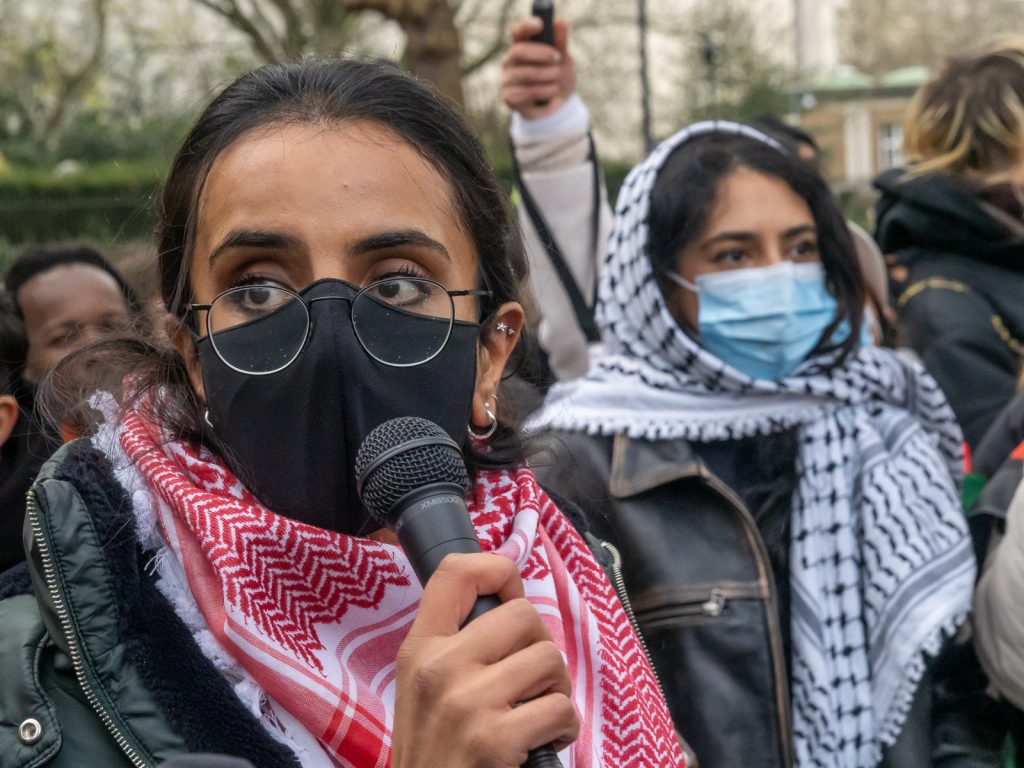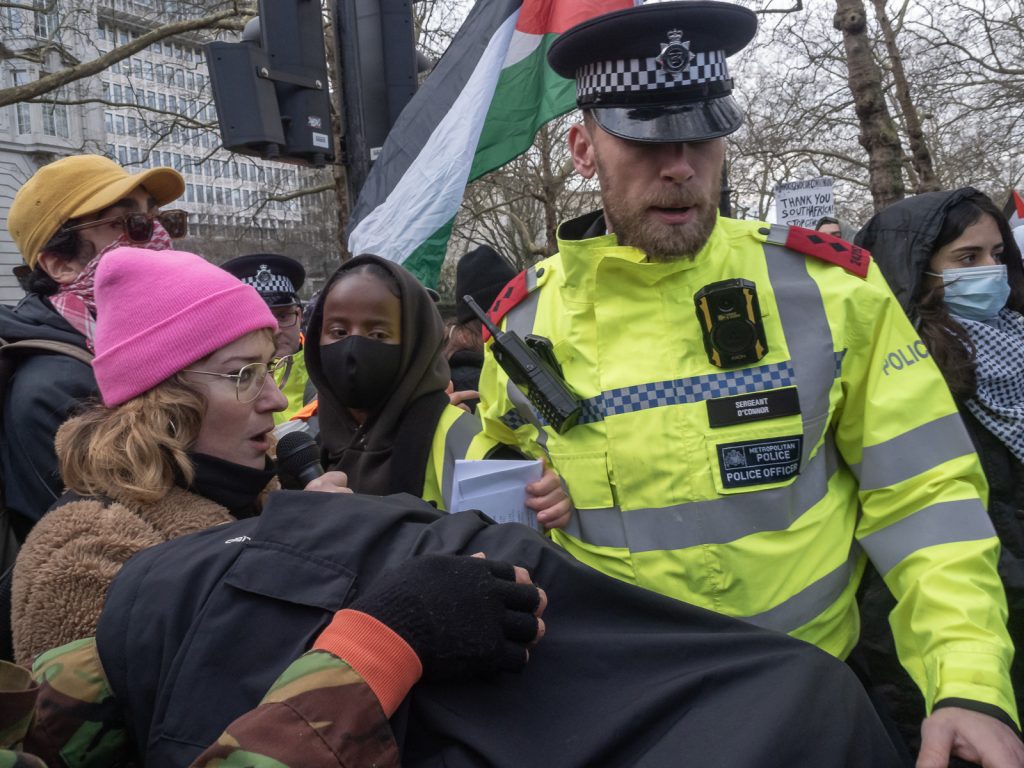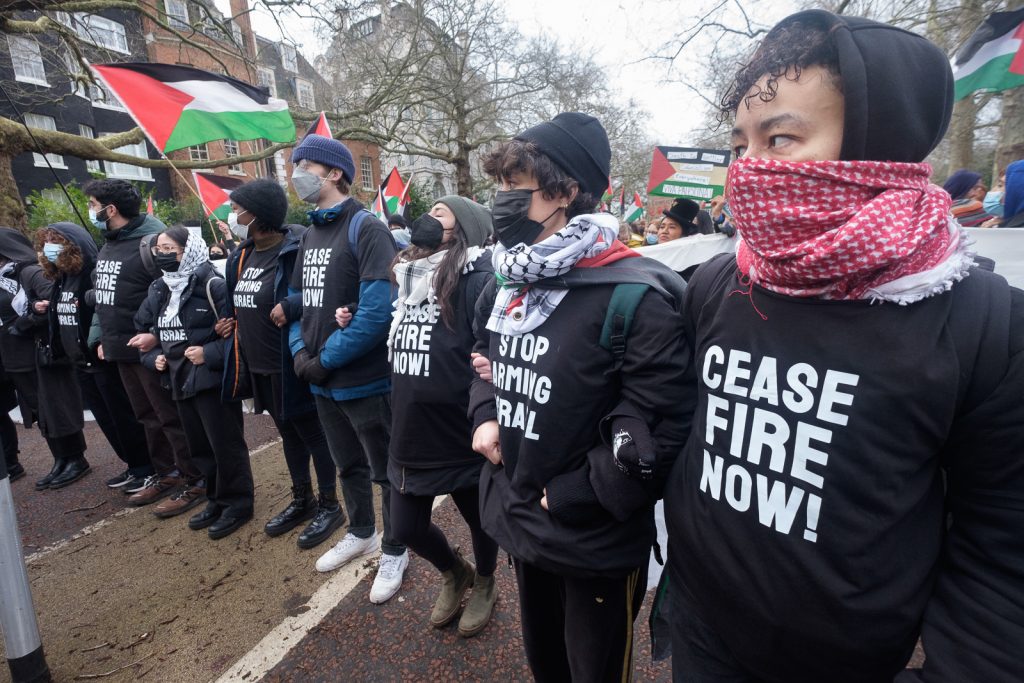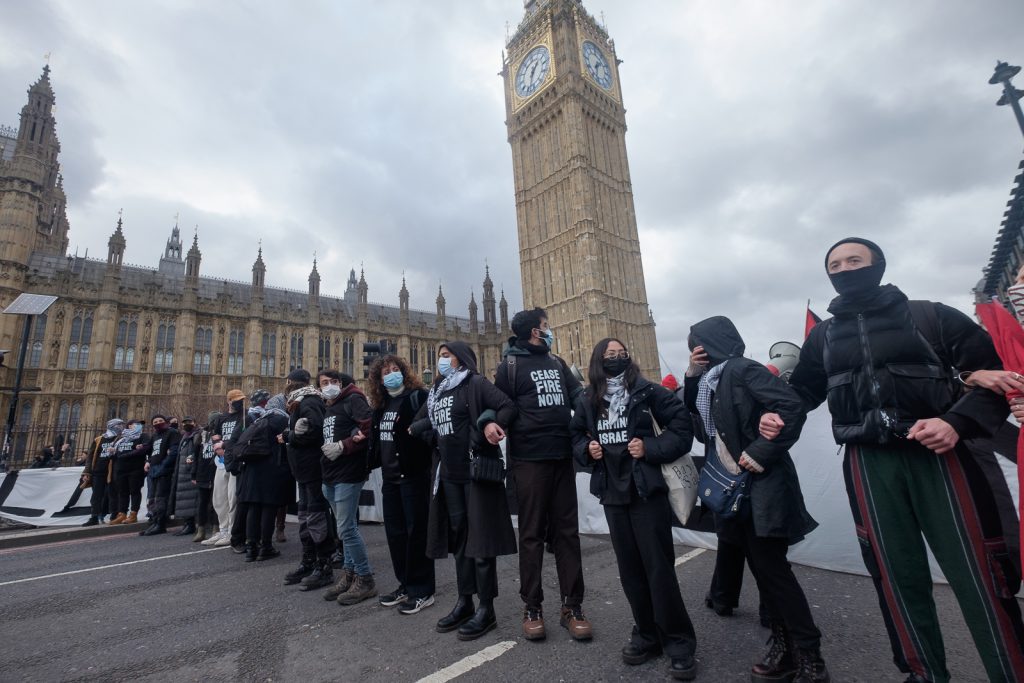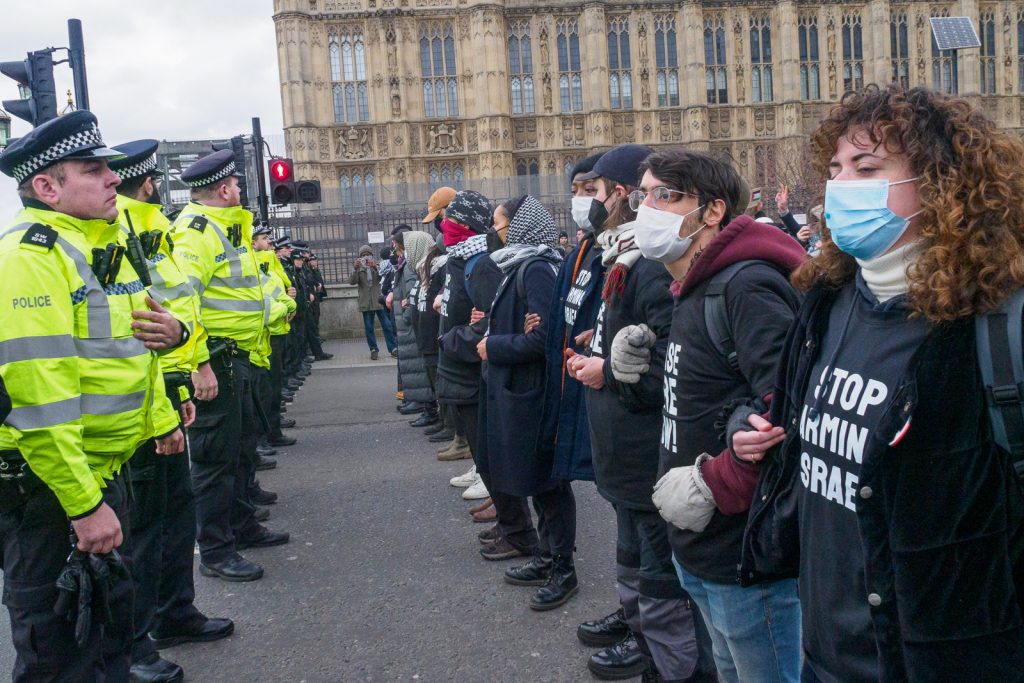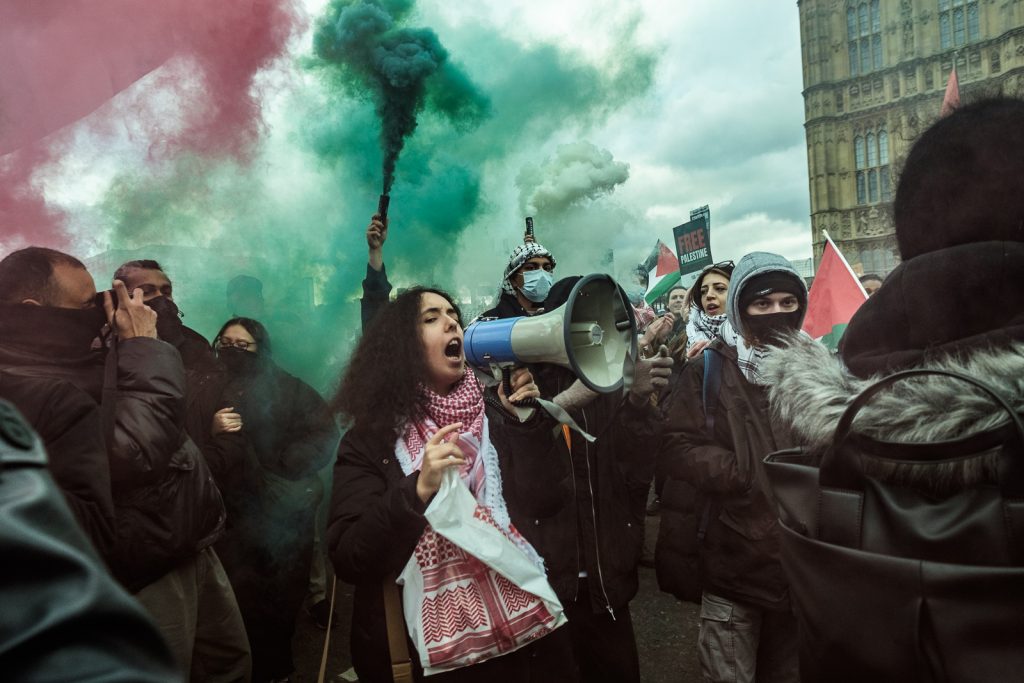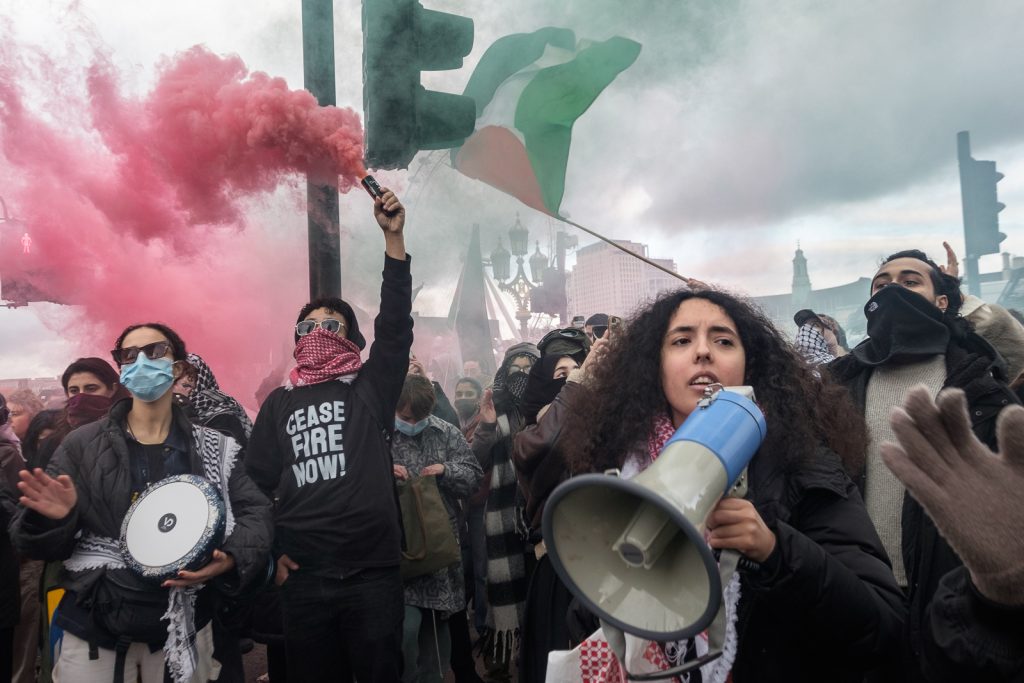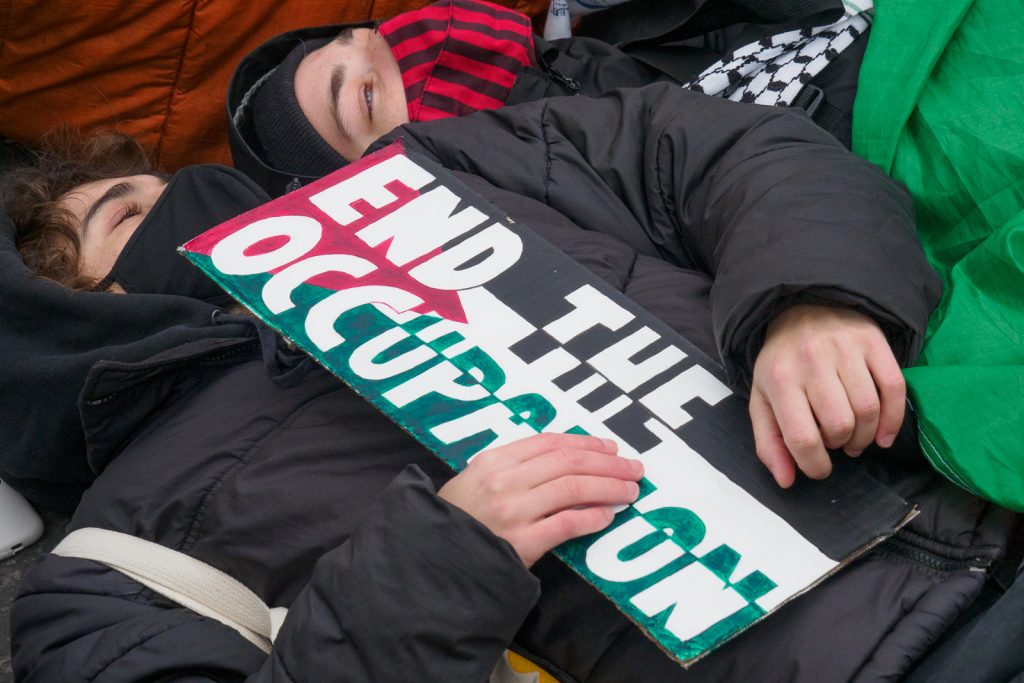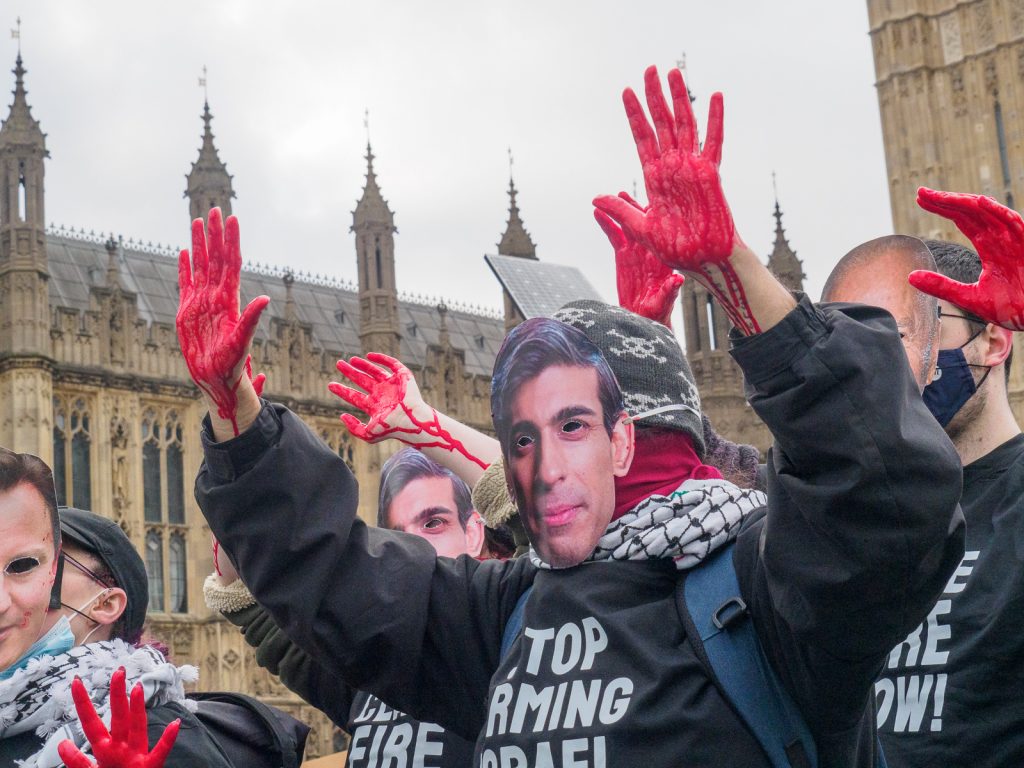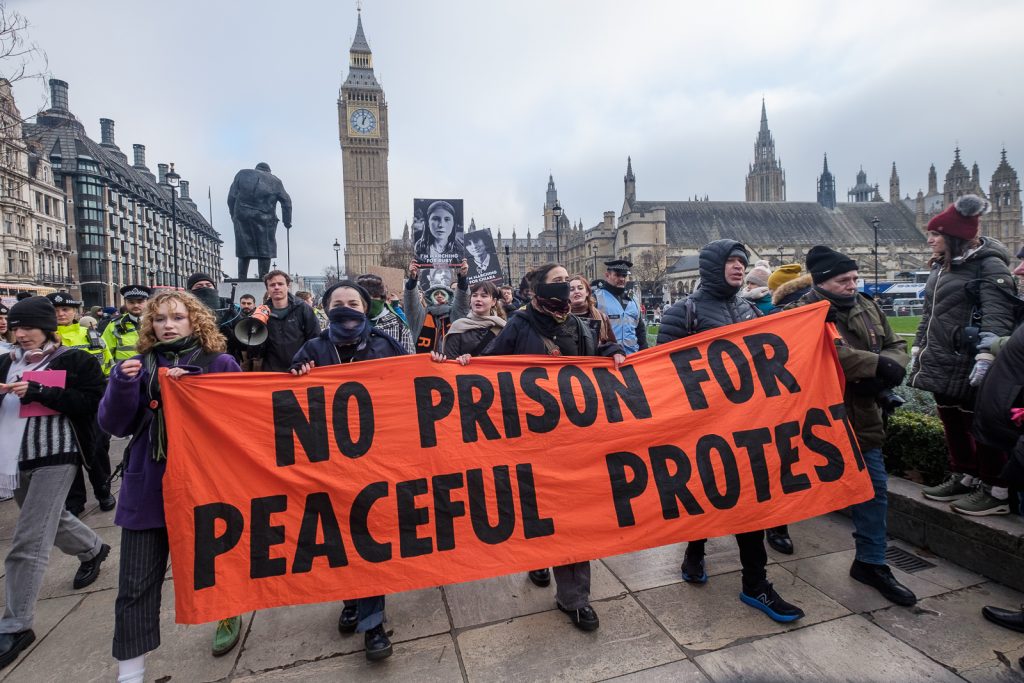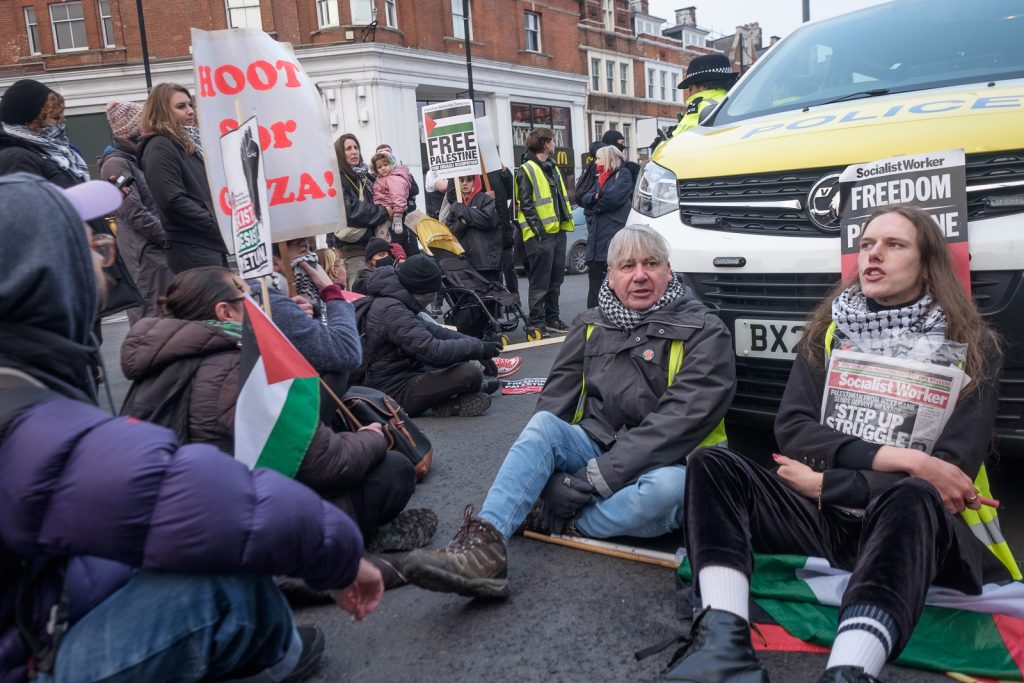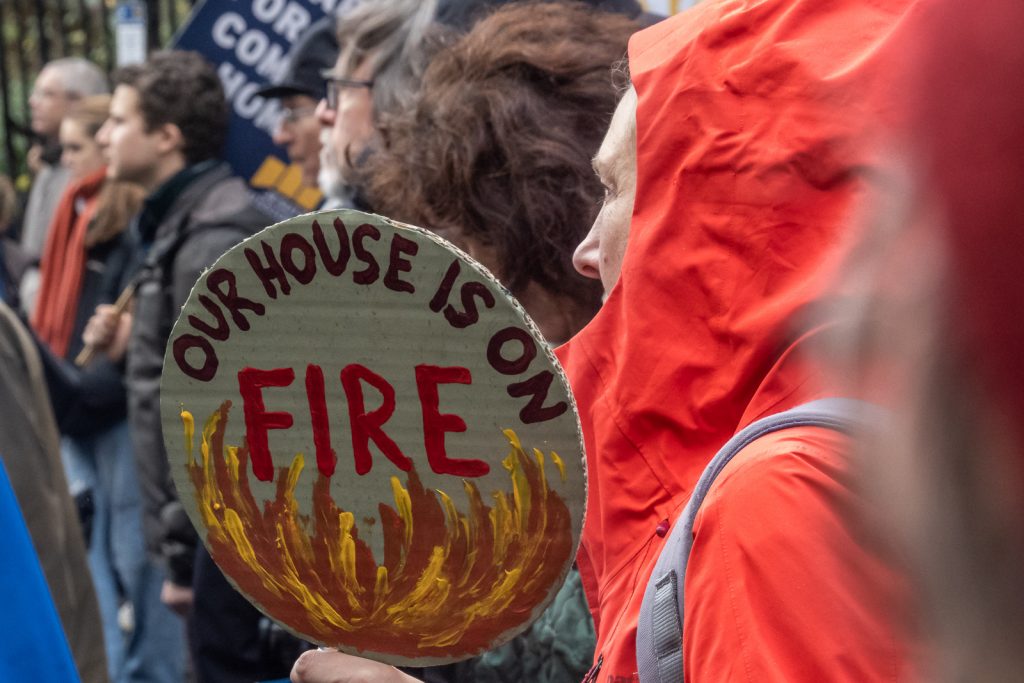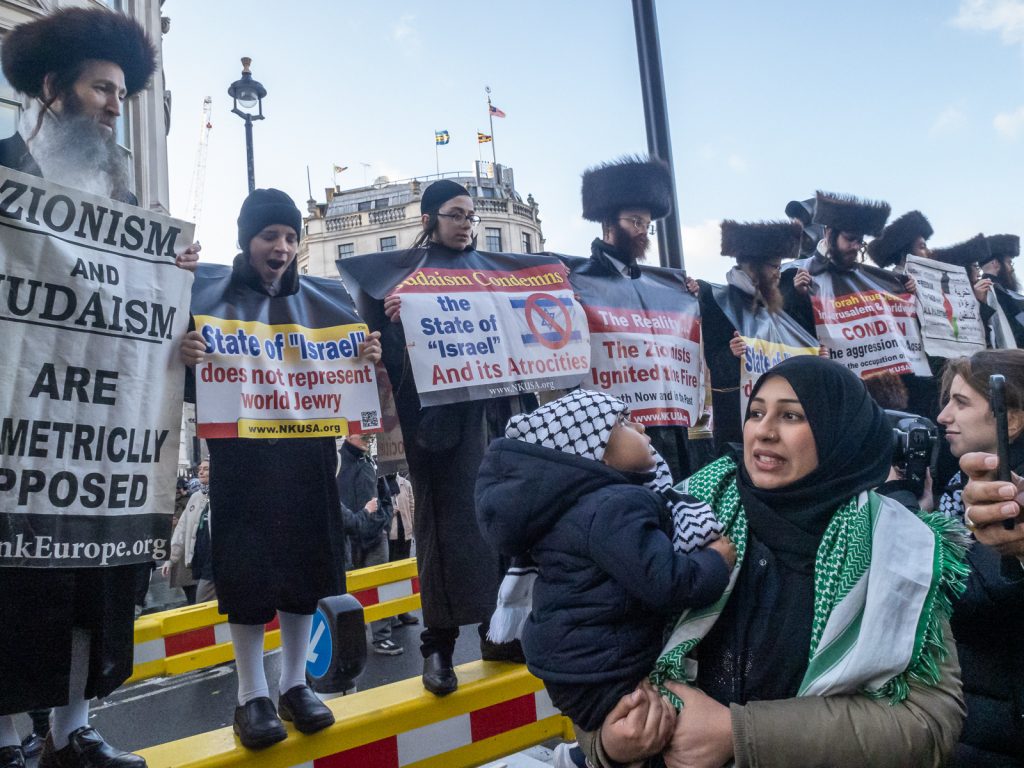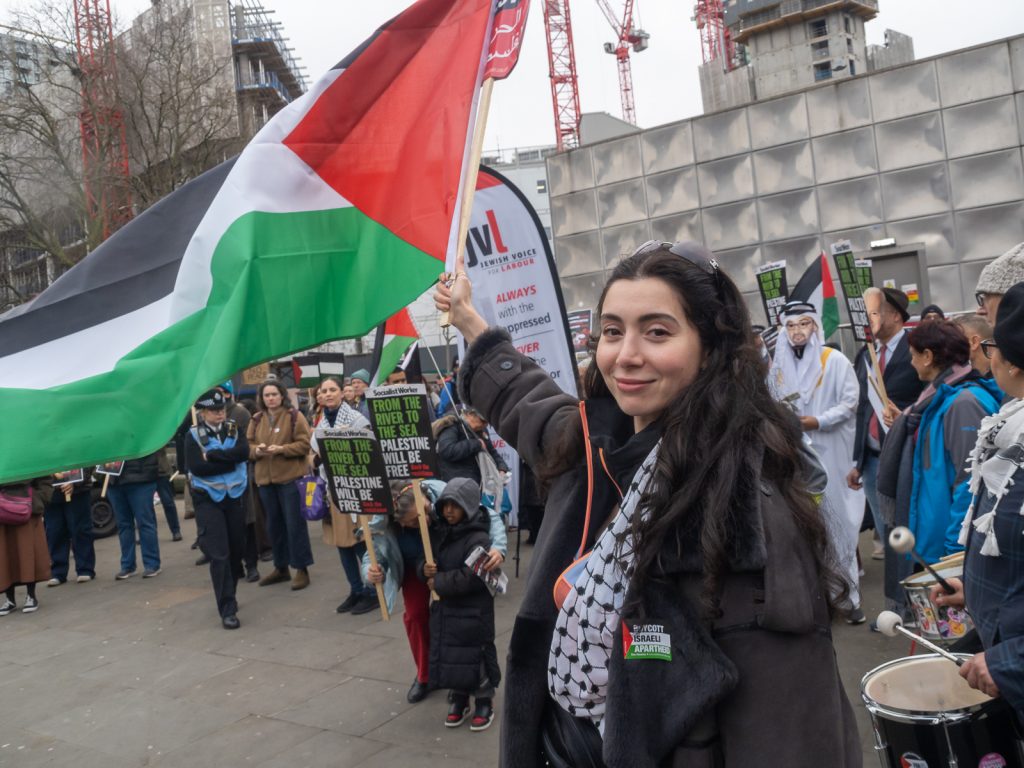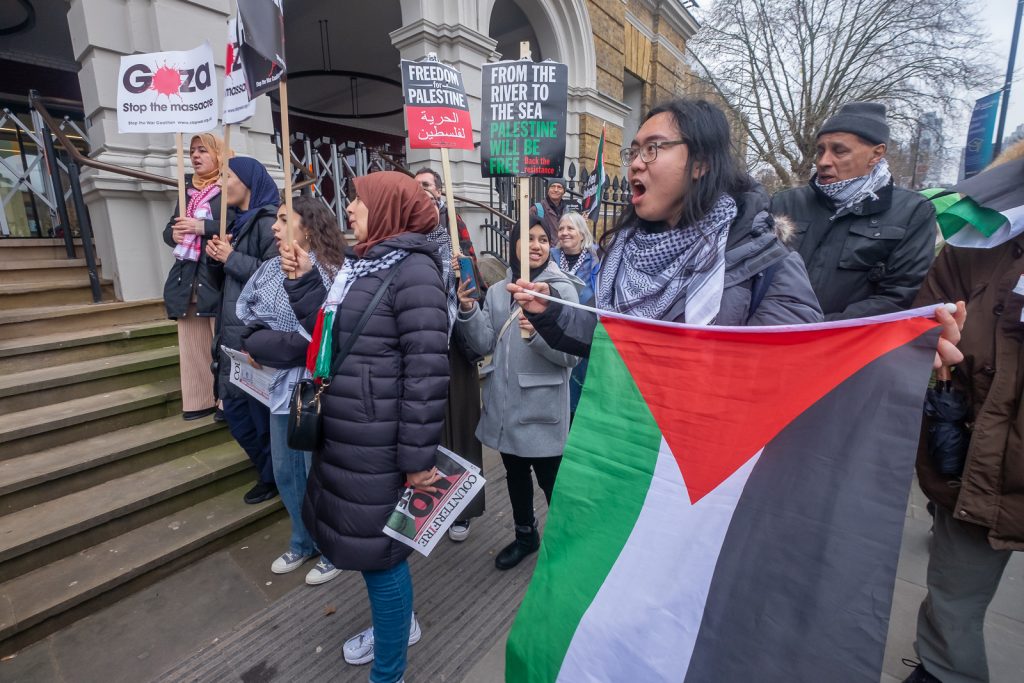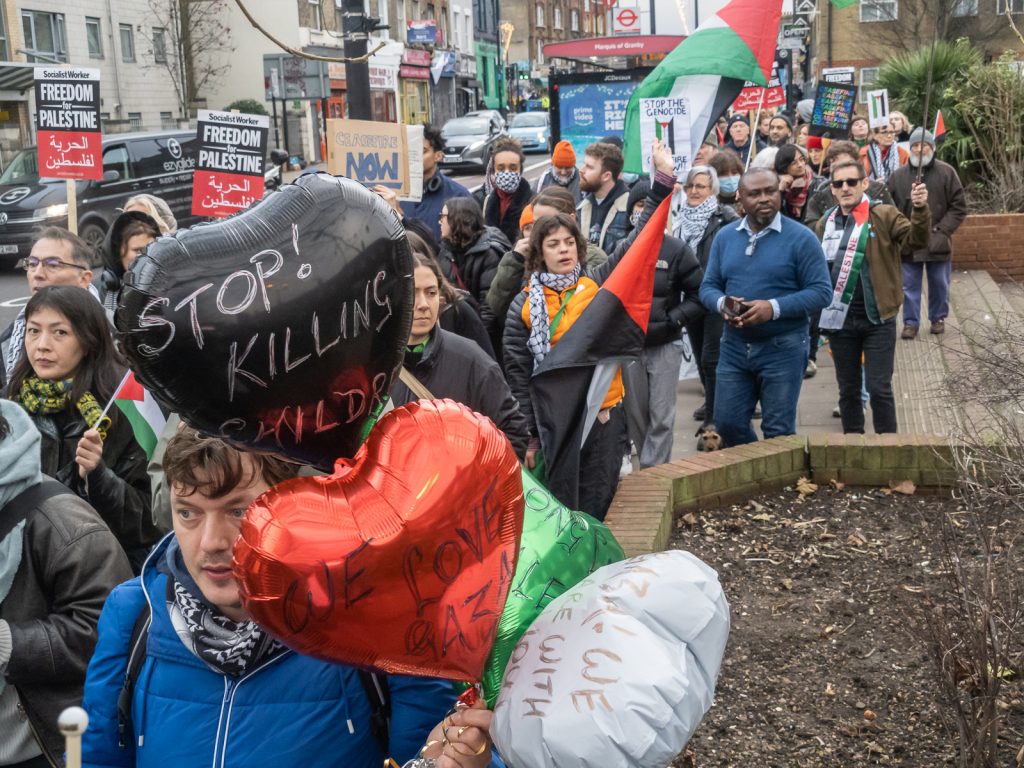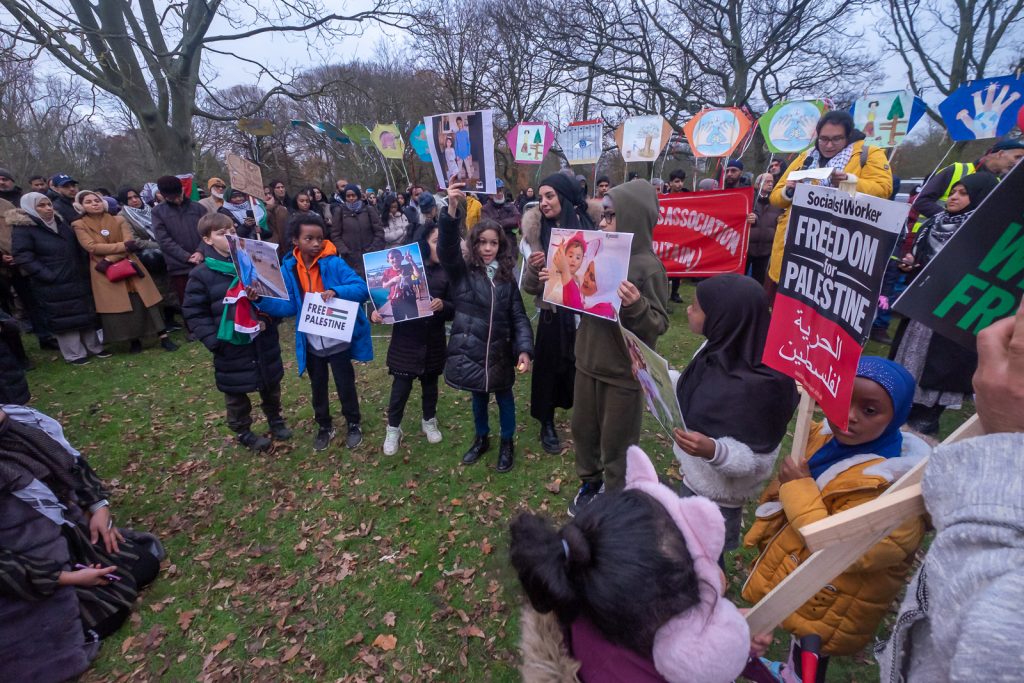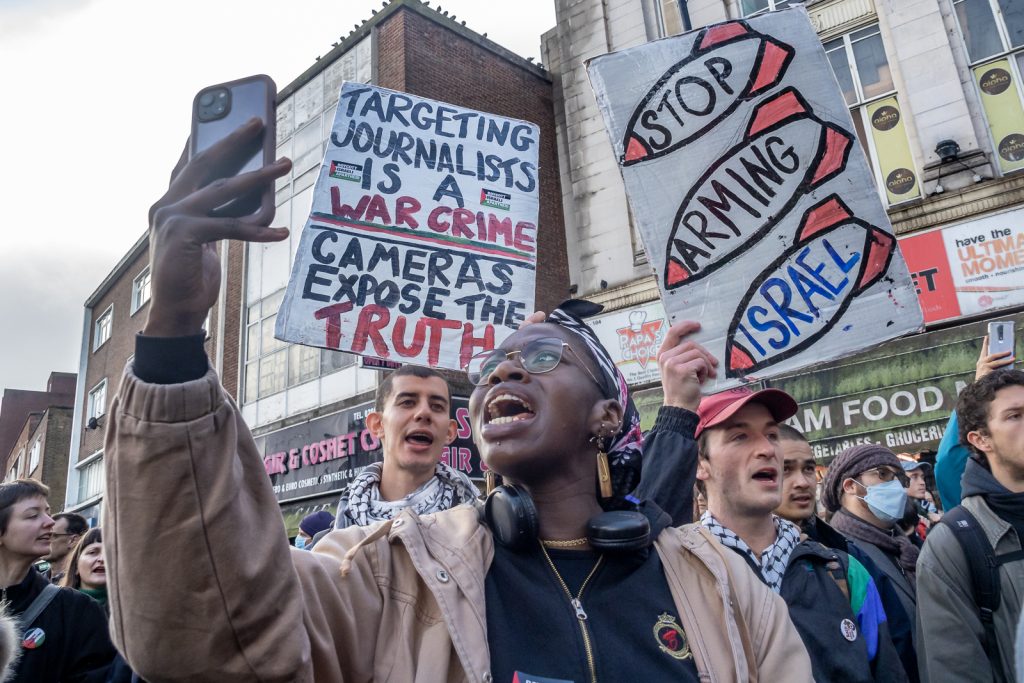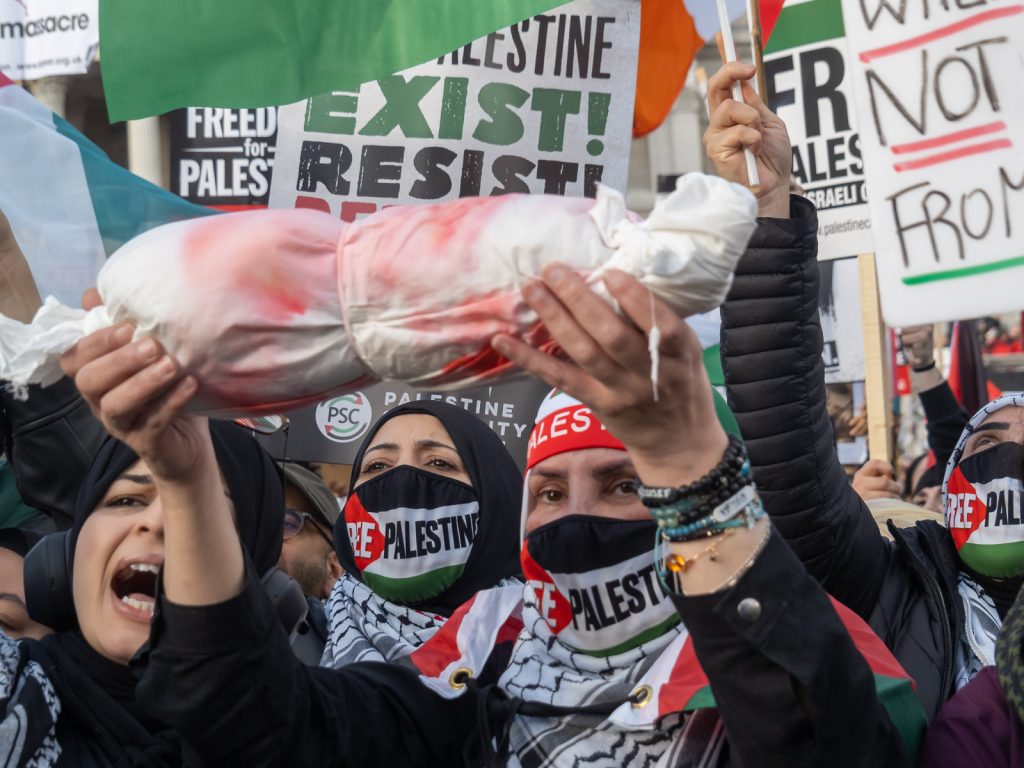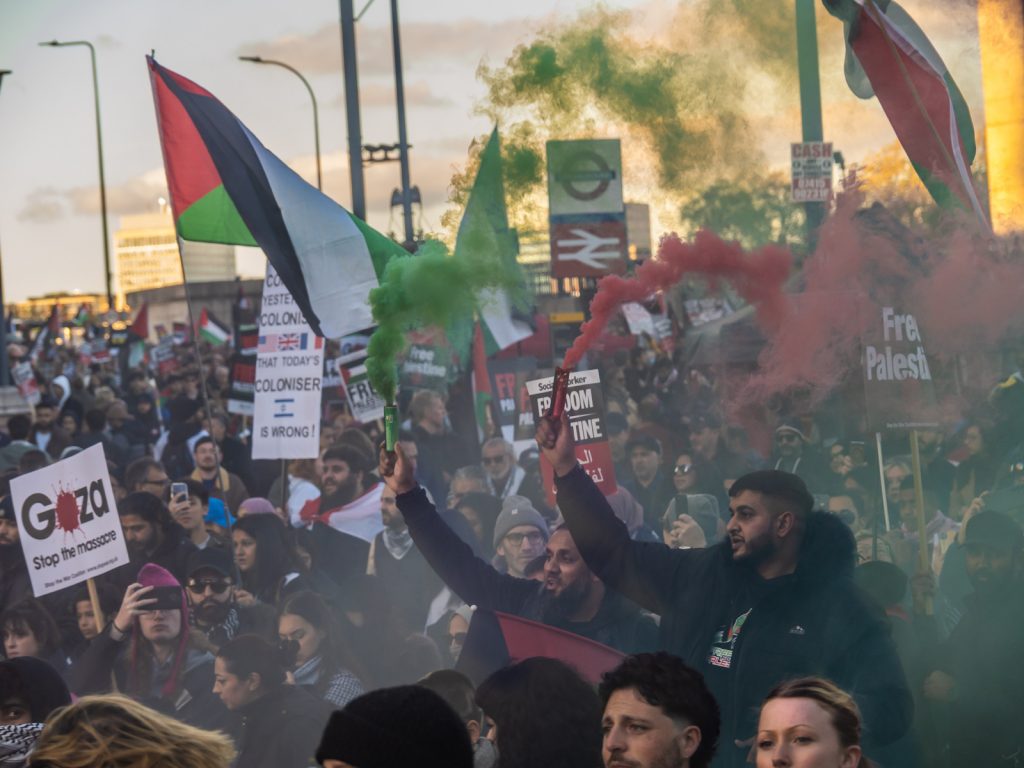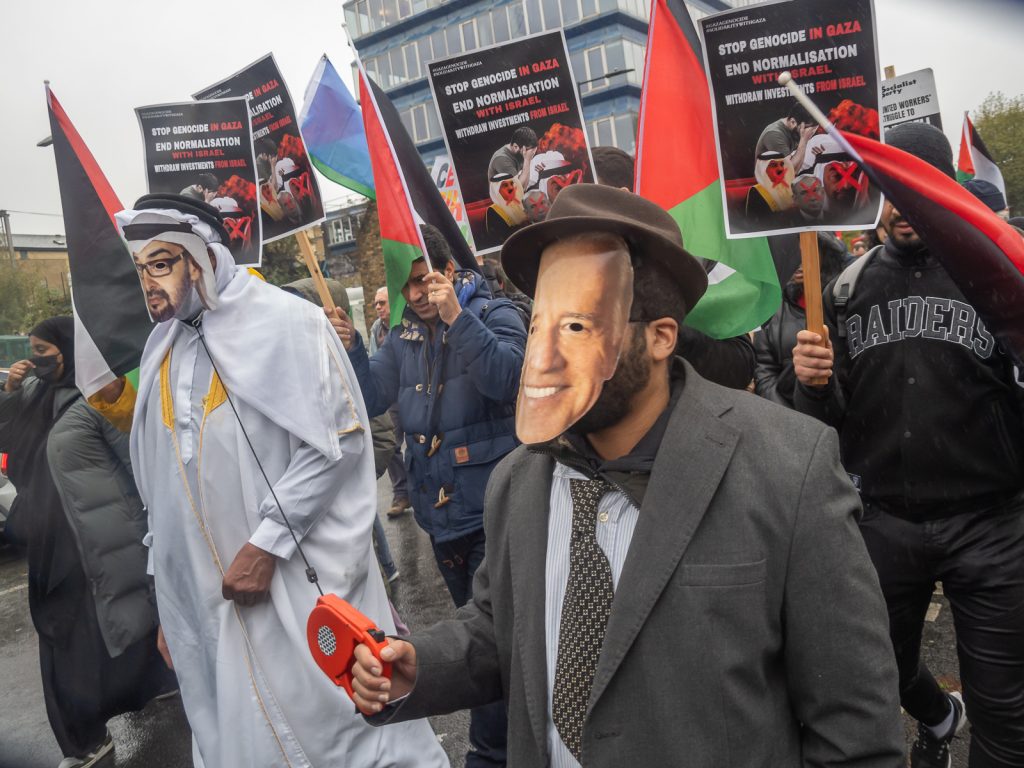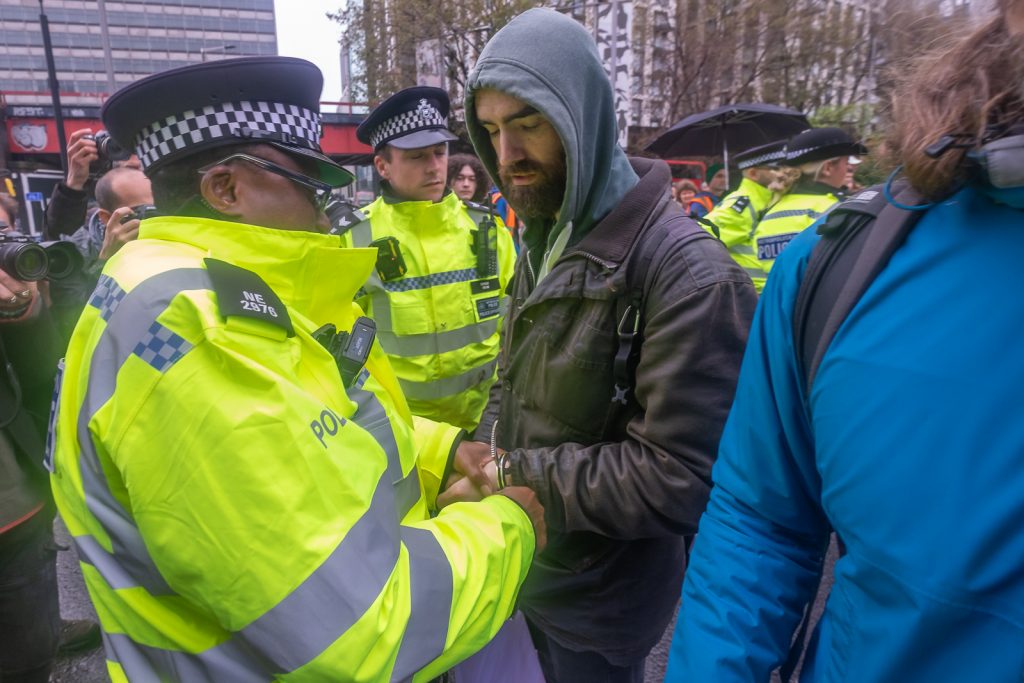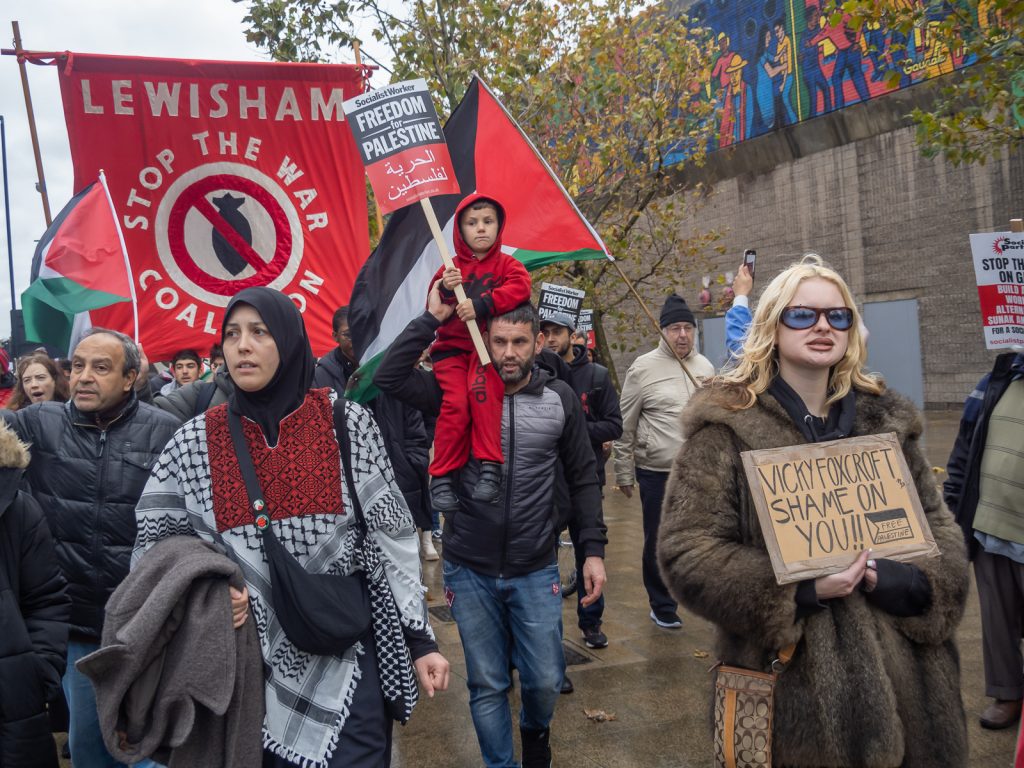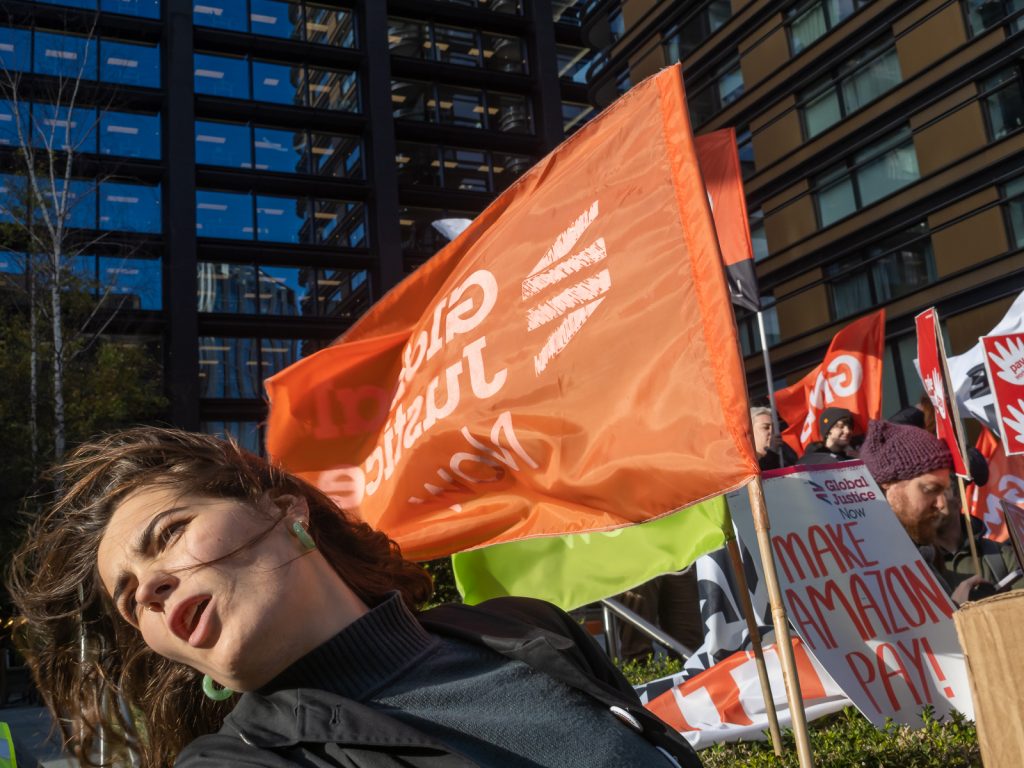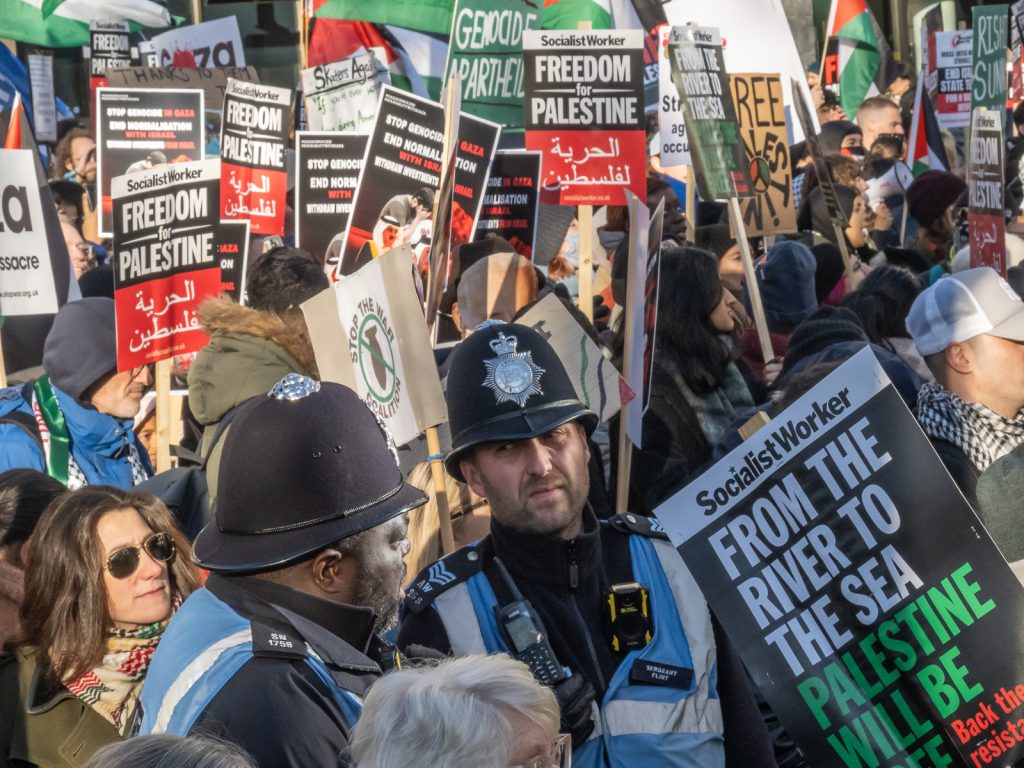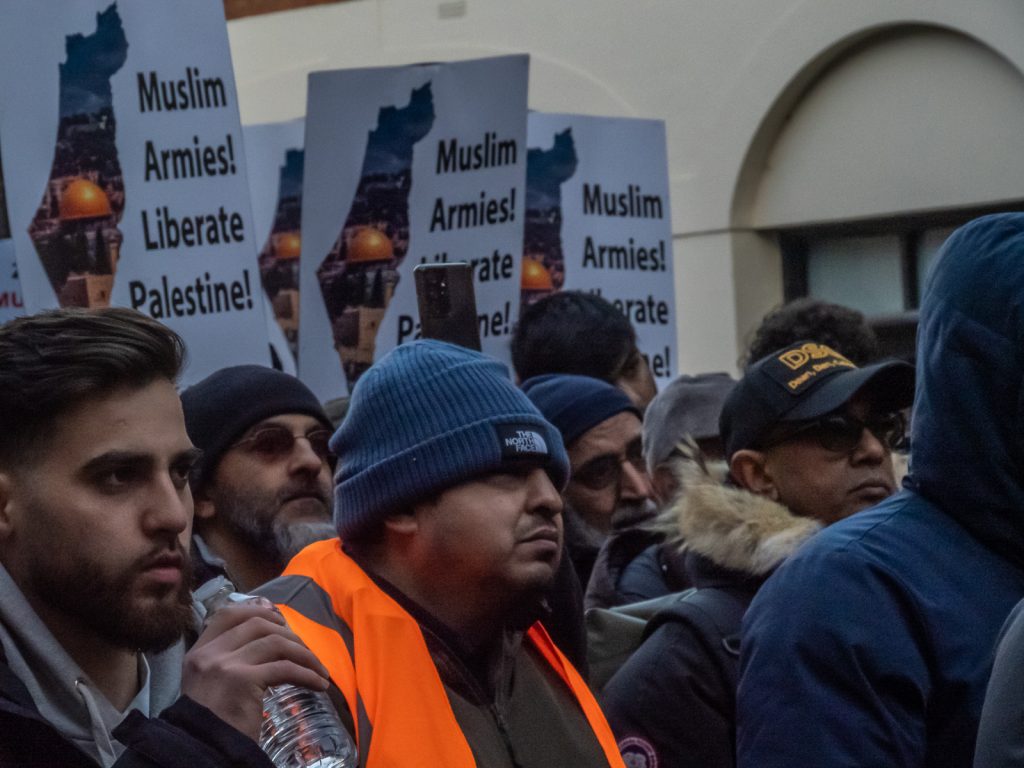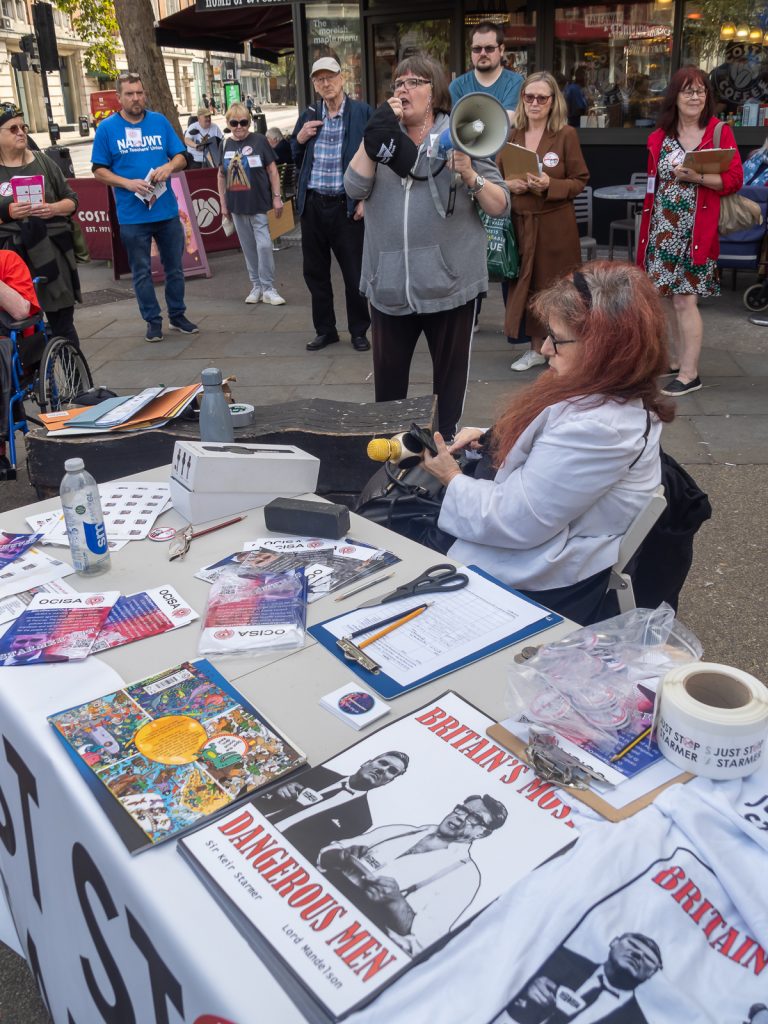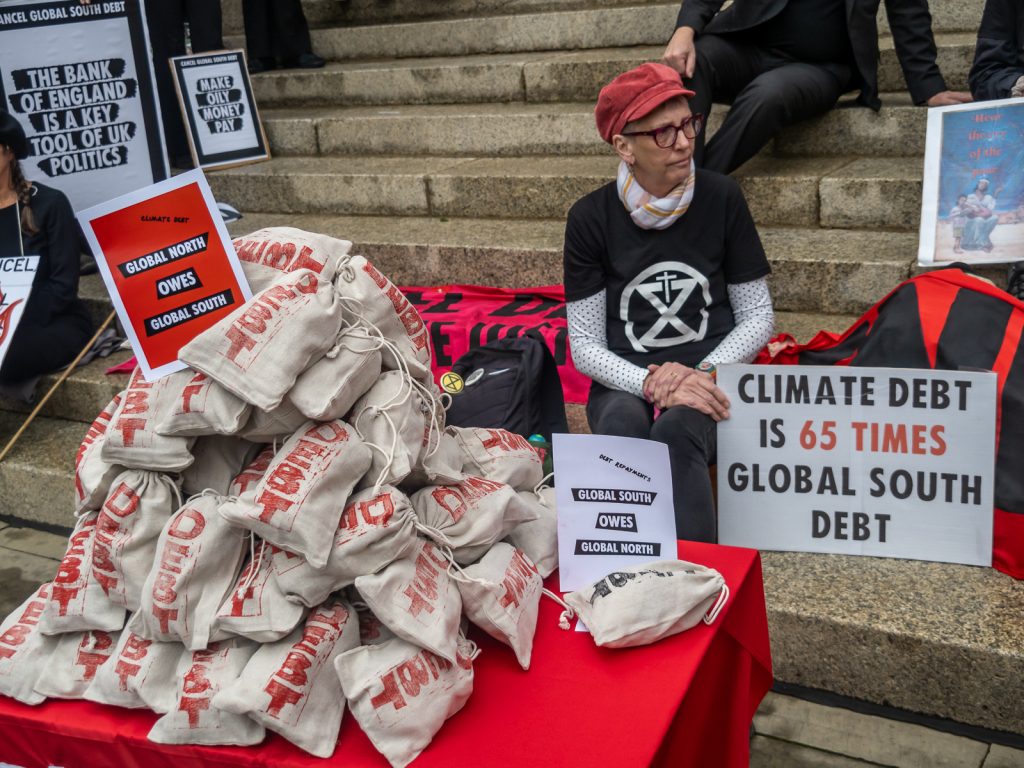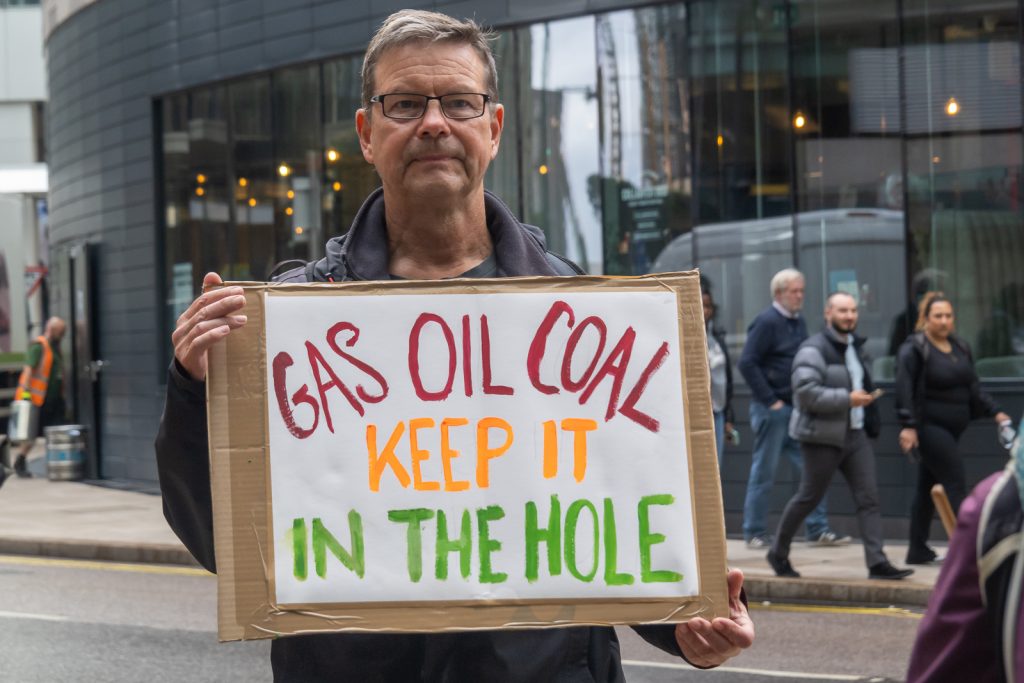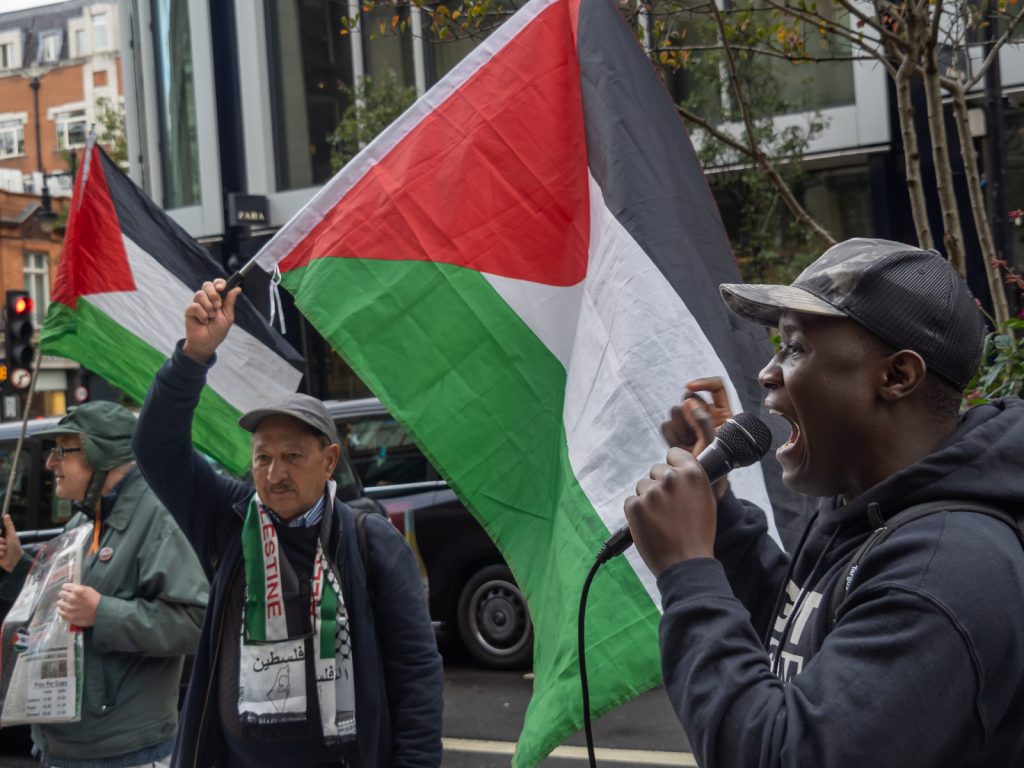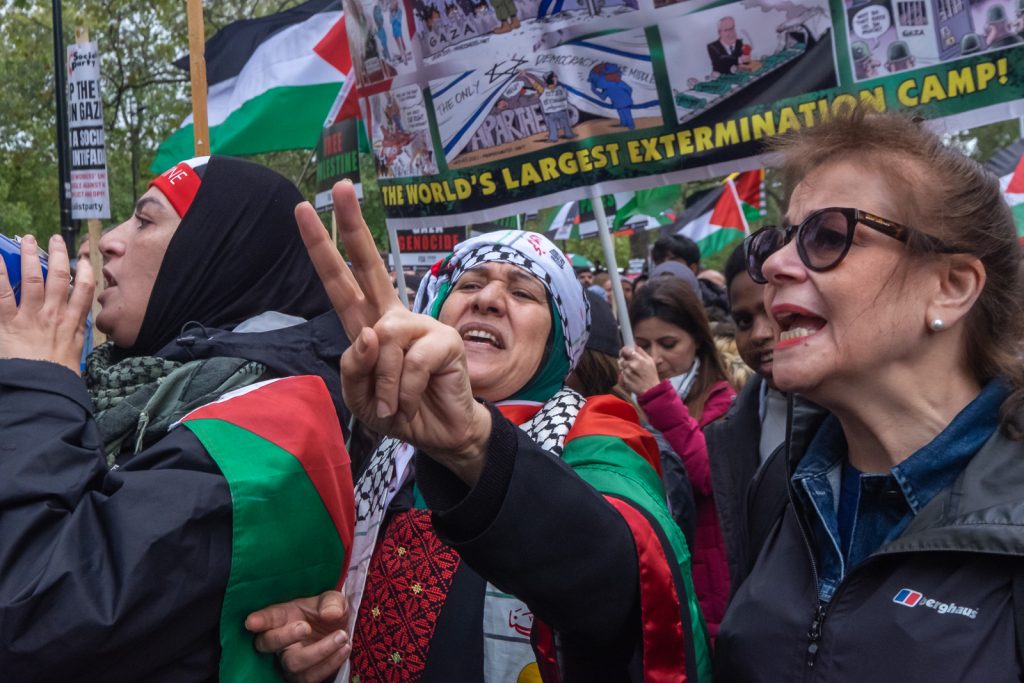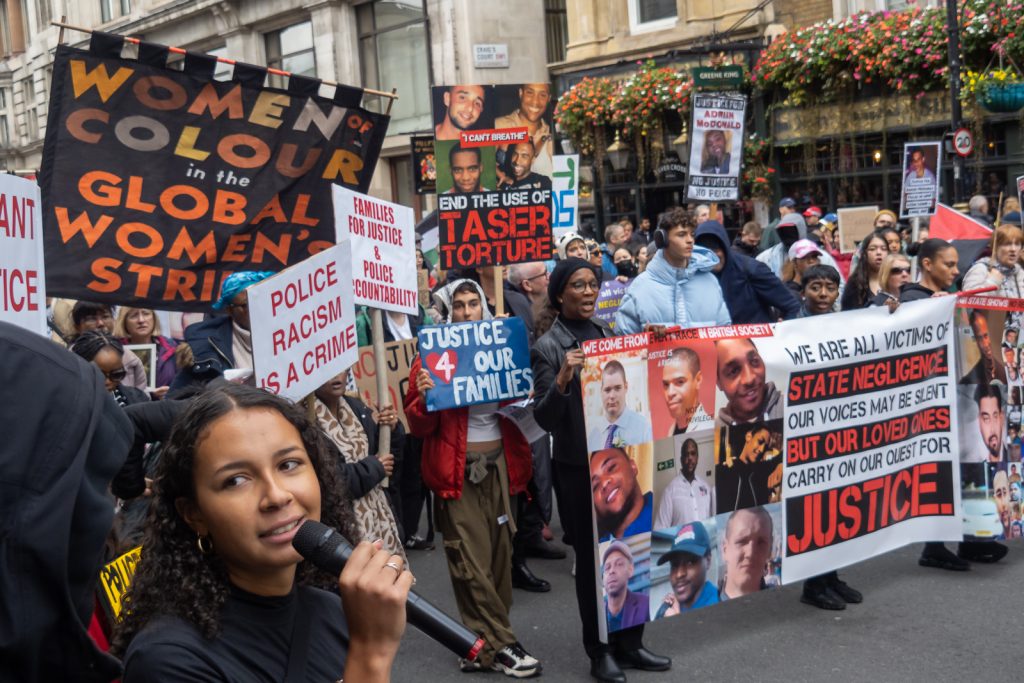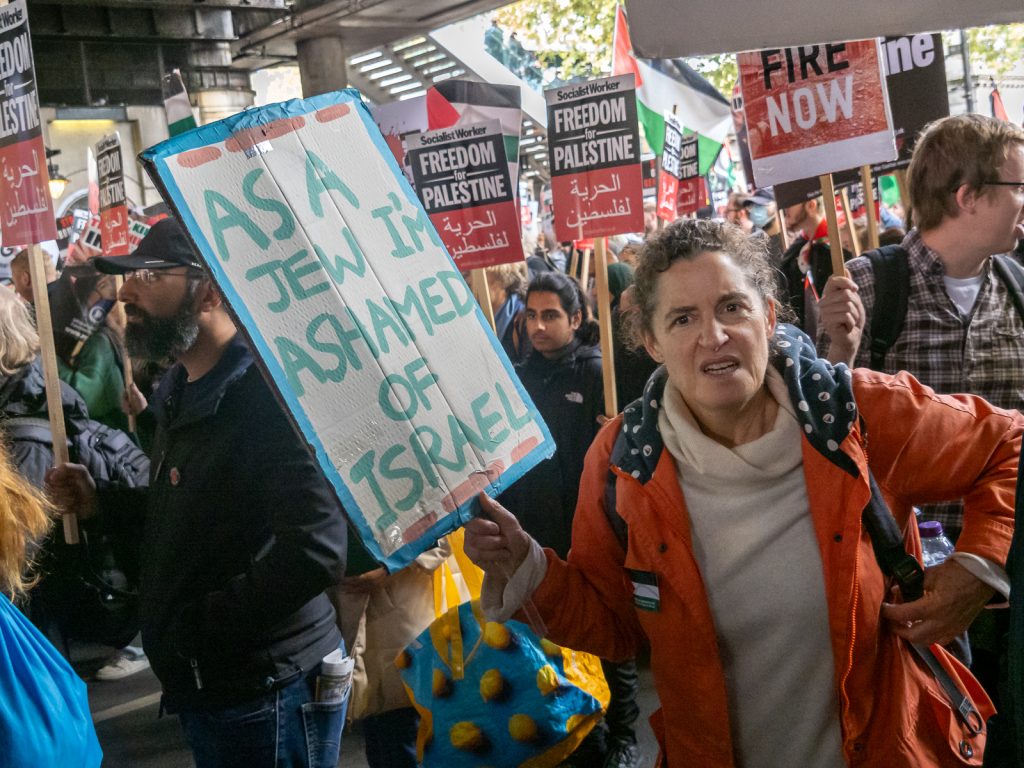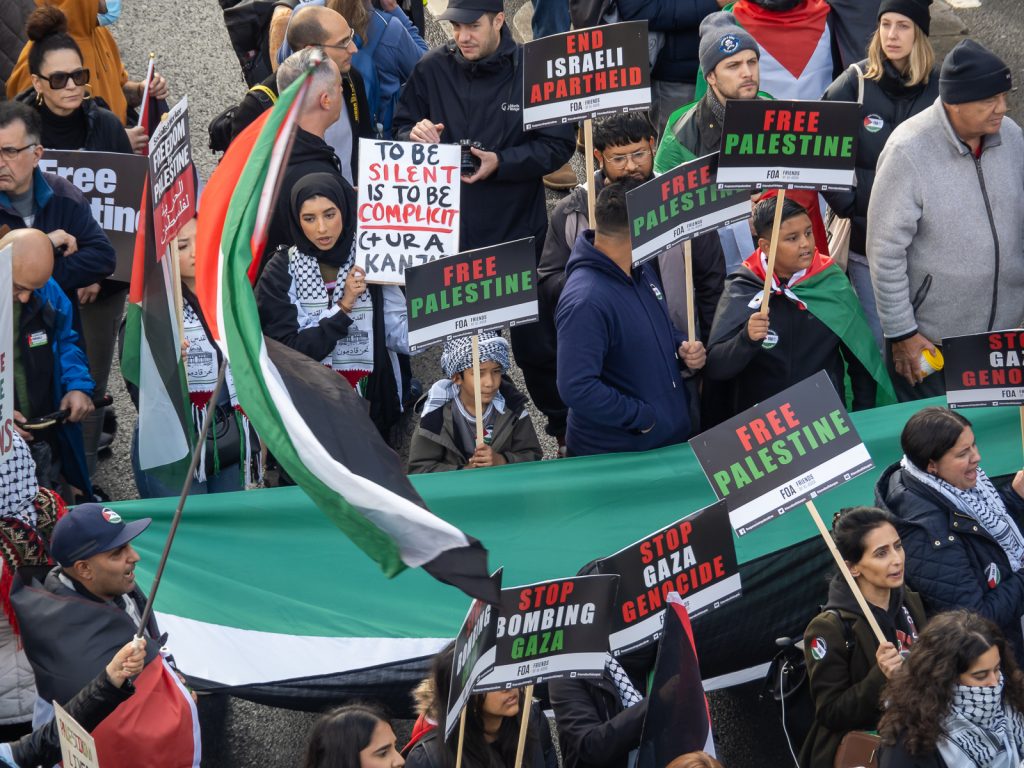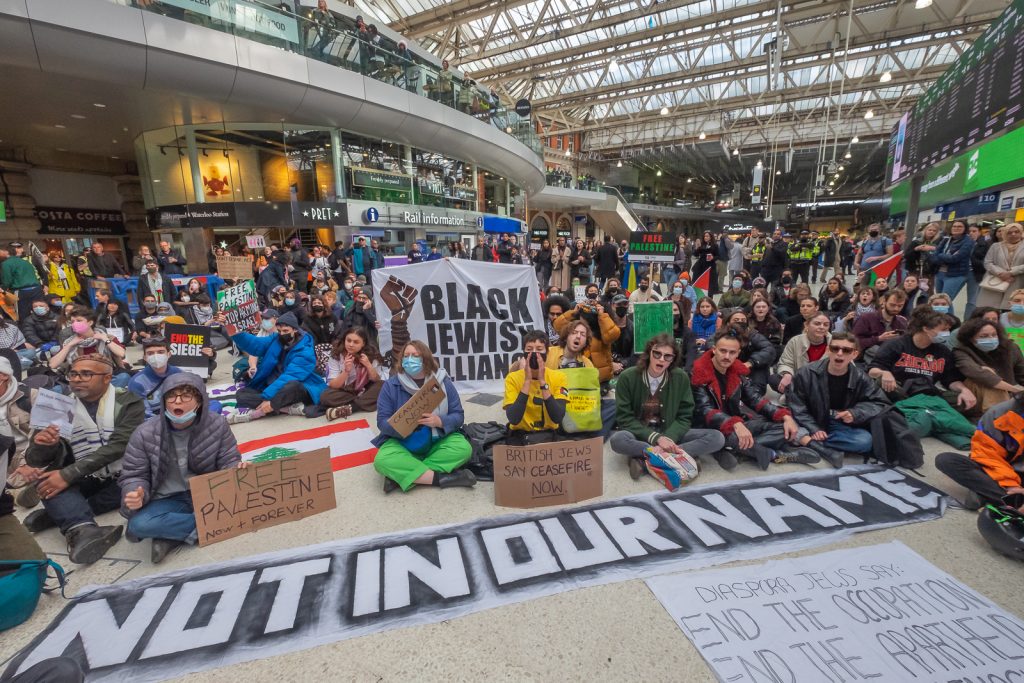Red Army & Chinese Torture Victims – 2005: Events in London on 15th January 2005 connected with China and Russia.
Falun Gong Demonstrate – Chinese Torturers. Westminster – Portland Place
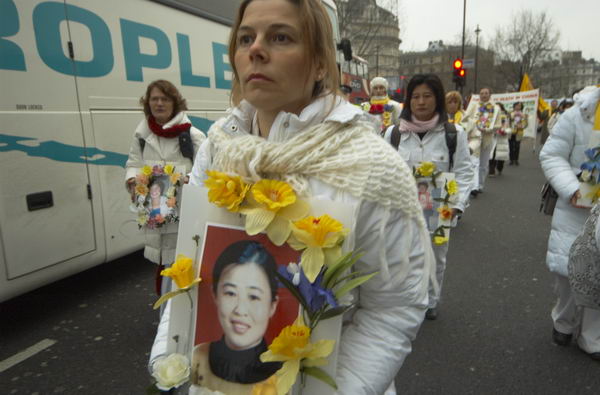
Back in 2005 I wrote “to me, Falun Gong seems a harmless form of meditation exercises, available to anyone without charge and following the admirable principles of truthfulness, compassion and tolerance, but the Chinese government seem to regard it as the most dangerous form of terrorism.”
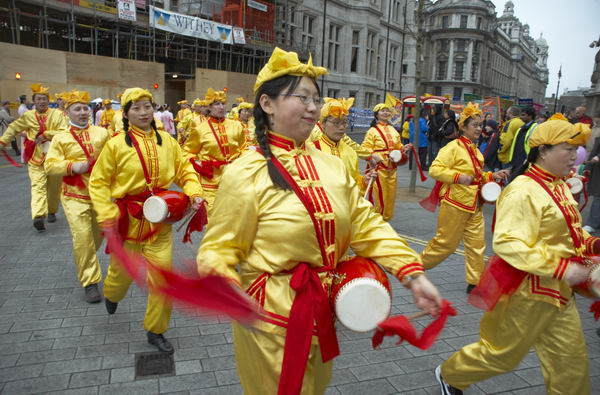
Now I’m less positive although still shocked by the accounts of “physical tortures, including beatings, electric shocks, immersion, chaining for hours and days and the infamous ‘tiger bench’ are used together with psychological attacks including humiliation and sleep deprivation by the Chinese government to suppress the practice.”
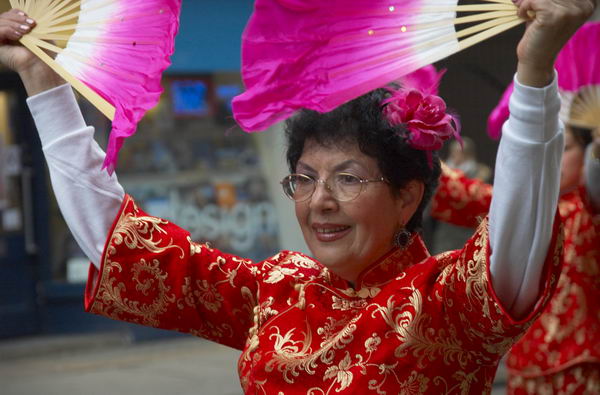
According to Wikipedia, while Falun Gong is a new religion based on Buddhism, its founder in the early 1990s Li Hongzhi gave it some highly reactionary characteristics, such as the rejection of modern scientific ideas including evolution and medicines, racism, and opposition to homosexuality and feminism. More recently it has promoted conspiracy theories including QAnon and anti-vaccination misinformation and supported Trump and extreme-right movements in Europe.
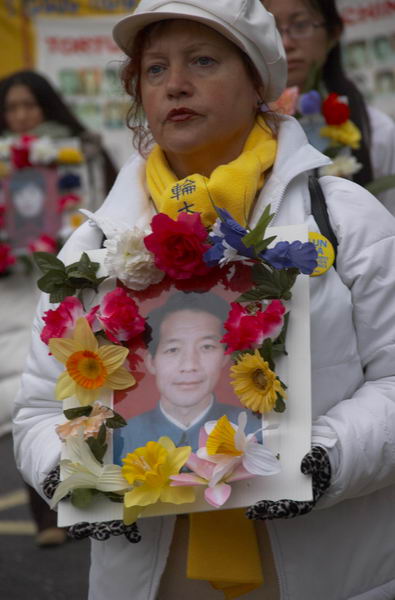
The Wikipedia article also carries an account of a 2018 report that “highlights Falun Gong’s extensive internet presence, and how editors who have to date contributed to English Wikipedia entries associated with Falun Gong to the point where ‘Falun Gong followers and/or sympathizers de facto control the relevant pages on Wikipedia‘”. Perhaps Wikipedia has now managed at least to some extent to prevent this, but although a number of academics have criticised Falun Gong as a cult, this word and the criticisms appear nowhere in the article.
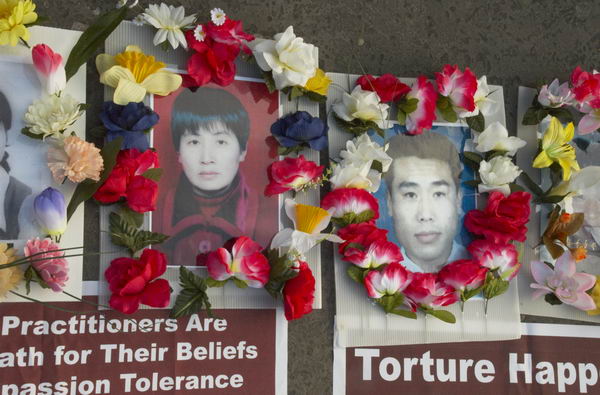
Li Hongzhi now lives with hundreds of supporters close to a 427 acre compound in New York State, Dragon Springs which is the training ground for its Shen Yen performers. The organisation describes itself as “the world’s premier classical Chinese dance and music company” and whose performances around the world provides significant funding for Falun Gong including a press group The Epoch Times and a PR firm.
Falun Gong has also received considerable funding from the US government particular for the development of free software intended to circumvent Chinese government internet censorship. Their activities have certainly been incorporated in the US’s fight to retain dominance over China.
Red Square, SW1- Russian Winter Festival – Trafalgar Square
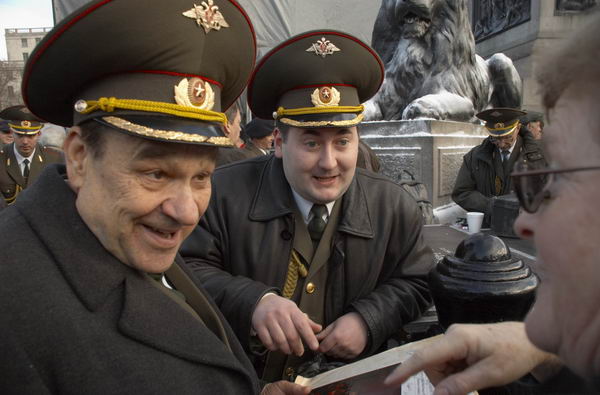
Red square, SW1 was a Russian winter festival celebrating the Russian Old New Year, January 1st according to the Julian Calendar used in Russia until the Revolution and still by the Russian Orthodox Church – which falls on 14th January for the rest of us.
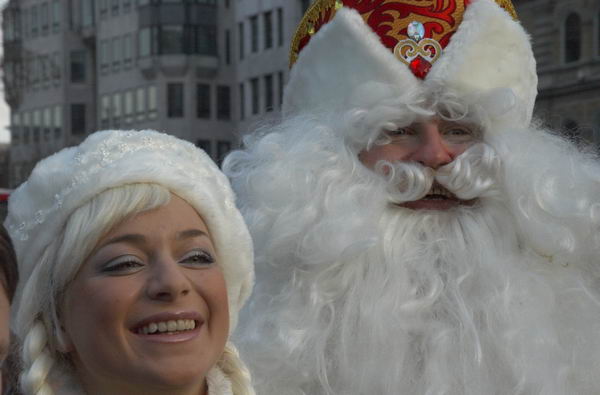
This was a spectacular event, run in cooperation with Moscow city government and many Russian businesses trading in the UK, and I only photographed it for the first few hours, missing the big celebrations, the rock concert, the ice skating at Somerset House and more. As well as the audience at the event it was also going out to 20 million listeners on Russian radio, as well as to anyone who could put up with an inane presenter from some UK radio station.
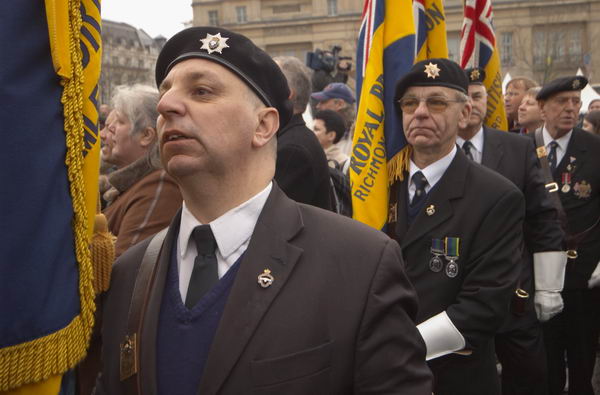
Both London Mayor Ken Livingstone and Moscow’s Mayor opened the show, though I decided to take a rest at that point from taking pictures and instead try “a fine but overpriced Baltika beer, imported from St Petersburg – at a sensible price i could develop a taste for it.” But I could still hear the speeches and learn that Ken’s father had taken part in the Baltic convoys in WW2.
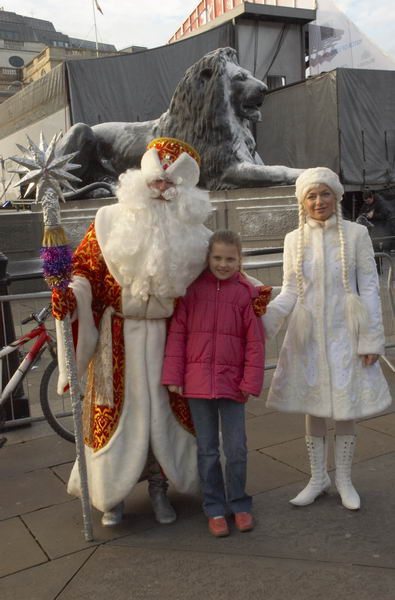
But for me the cultural highpoint was the performance of the Alexandrov Red Army Choir, founded in 1928 to glorify the revolution by the composer of the Soviet national anthem. Though I found little to photograph during the performance I was able to take quite a few pictures of the men later and of a Irish woman who had attended a red army choir performance in Dublin in the 1950s as a schoolgirl,and had brought a record of them from 1956 for them to sign.
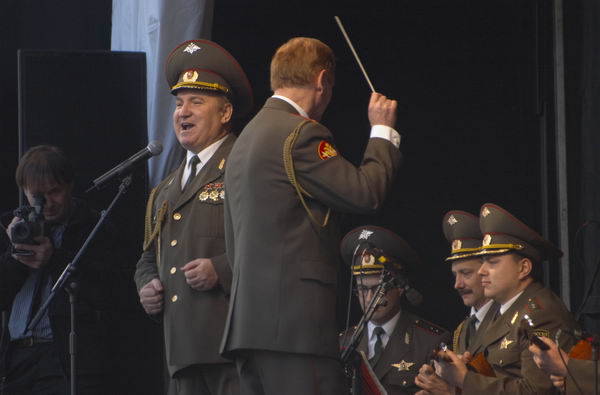
The record cover had a picture of the choir and some of those who had sung on it were still with the choir 49 years later. A younger member of the choir brought some of them across, including the fantastic bass soloist who treated us to a little of his voice and signed the cover – using the Stabilo ‘Write-4-all’ pen I carried to do so on the glossy cover when an ordinary pen failed.
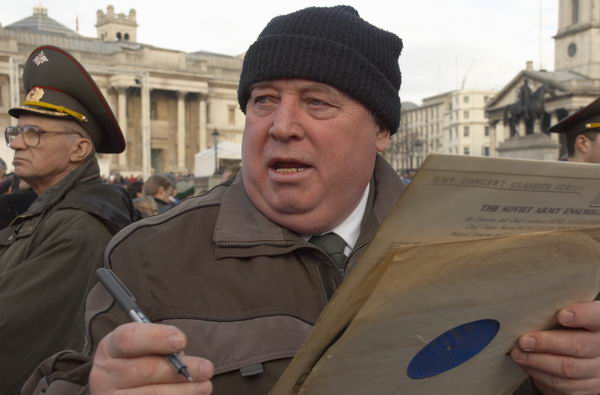
And in 2005 I concluded:
Oh yes, there was fake snow on the lions, some very weird folk dancing involving things that looked rather like dustbin lids wielded by fur-coated women with a lot of heavy breathing rather than singing, Russian dolls, food and more.
My London Diary
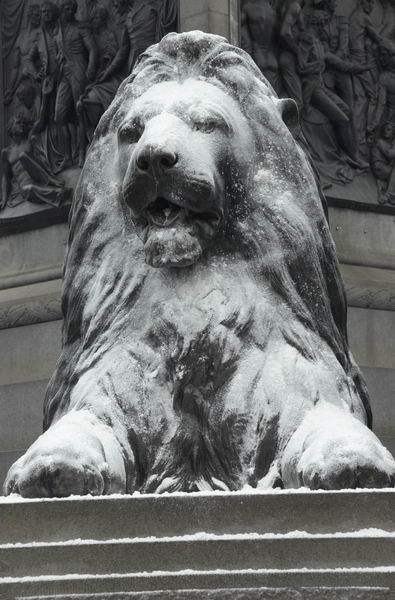
What I failed to record was that in the crush to see the Red Army Choir I had forgotten to zip up my camera bag and later found that the cheap telephoto zoom was missing from it. I wasn’t too bothered, as I had already realised it had been a mistake to buy it as it was rather a poor performer and I rather welcomed the need to replace it with something better.
I wrote rather more and there are more pictures, particularly of the choir on My London Diary
Flickr – Facebook – My London Diary – Hull Photos – Lea Valley – Paris
London’s Industrial Heritage – London Photos
All photographs on this page are copyright © Peter Marshall.
Contact me to buy prints or licence to reproduce.













